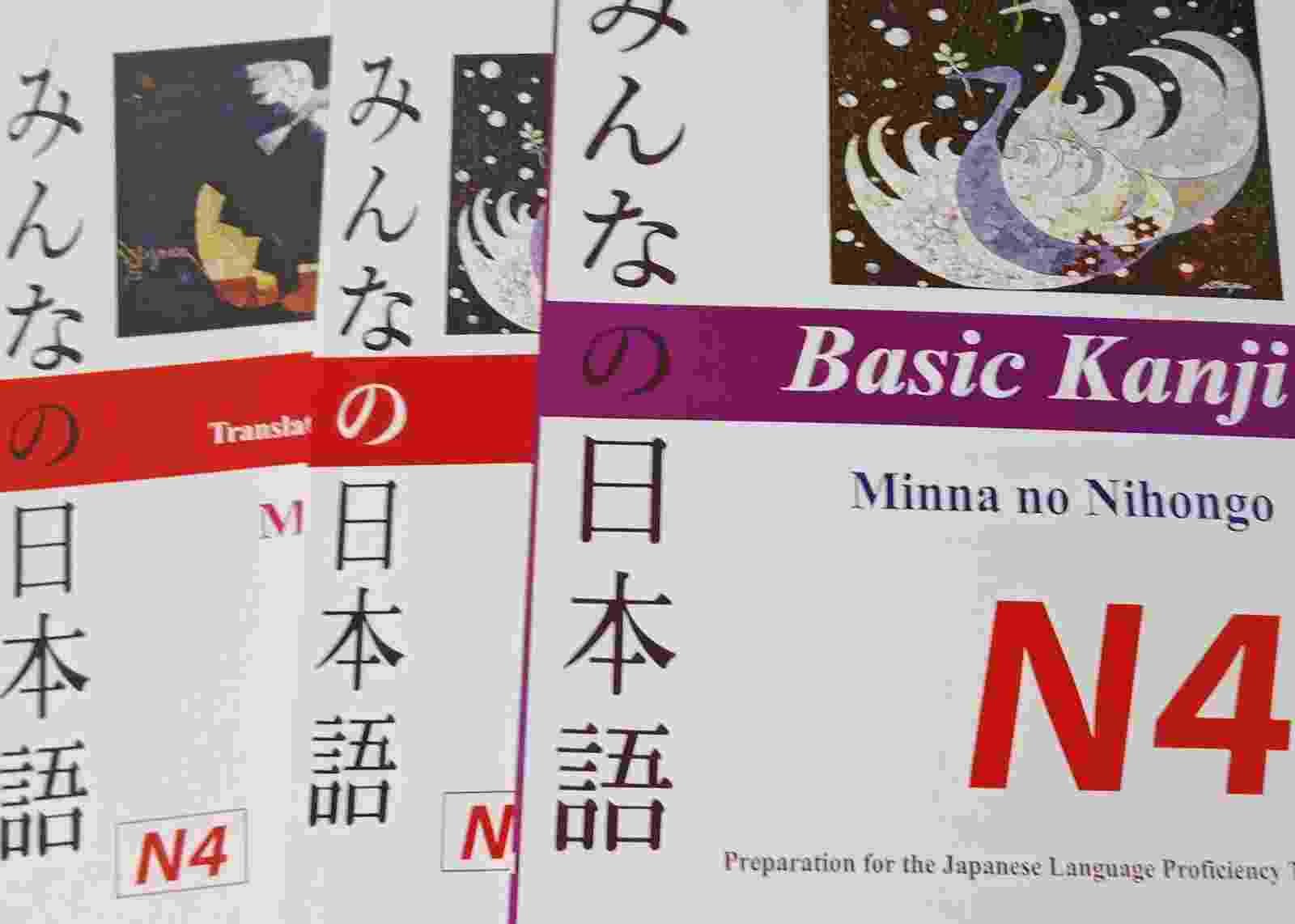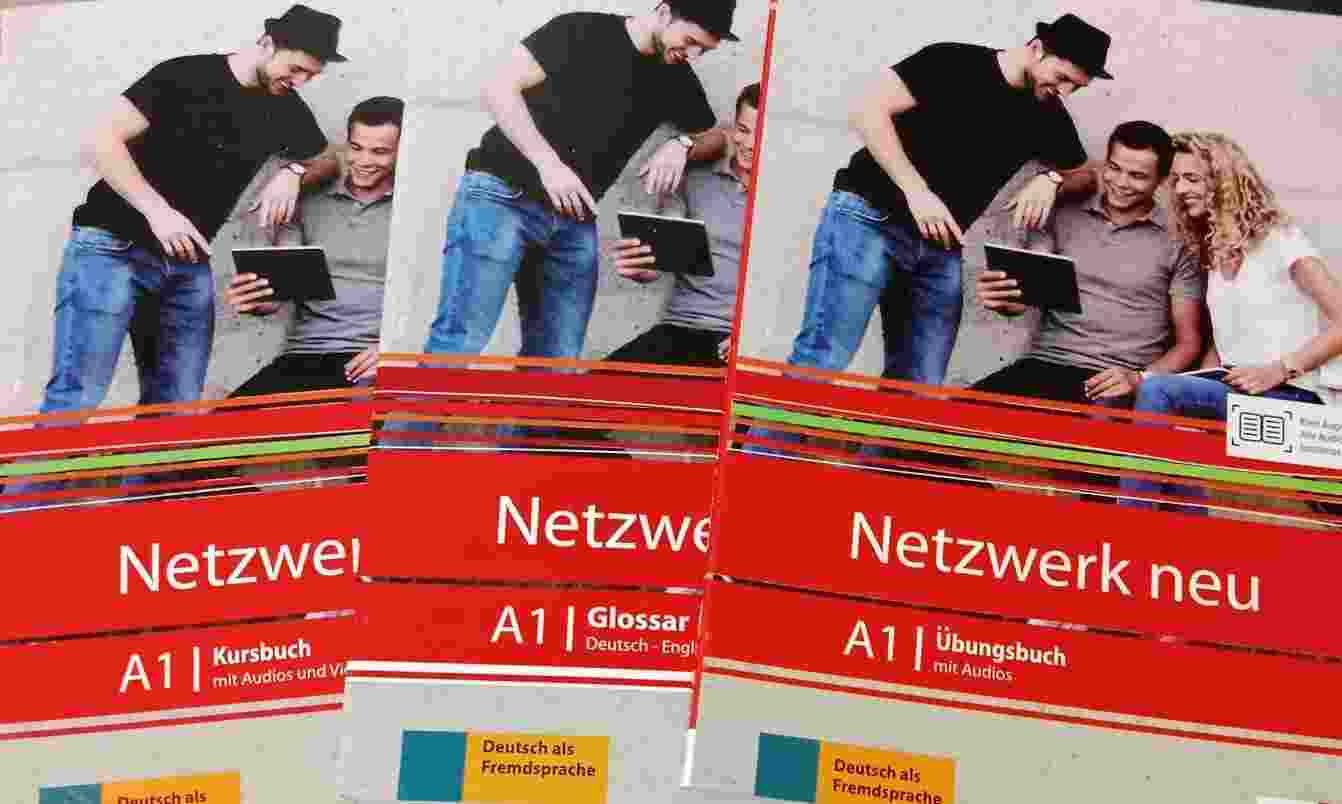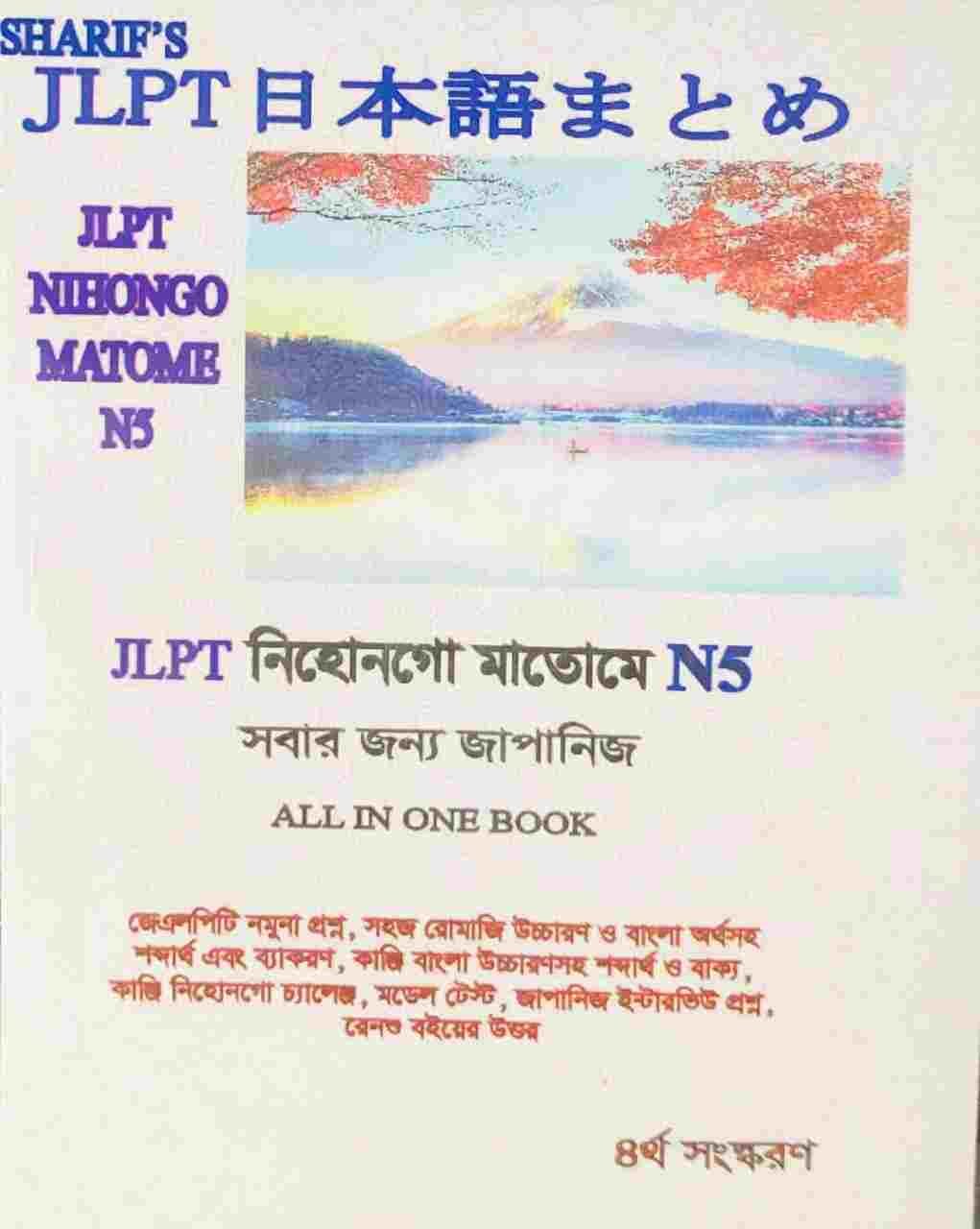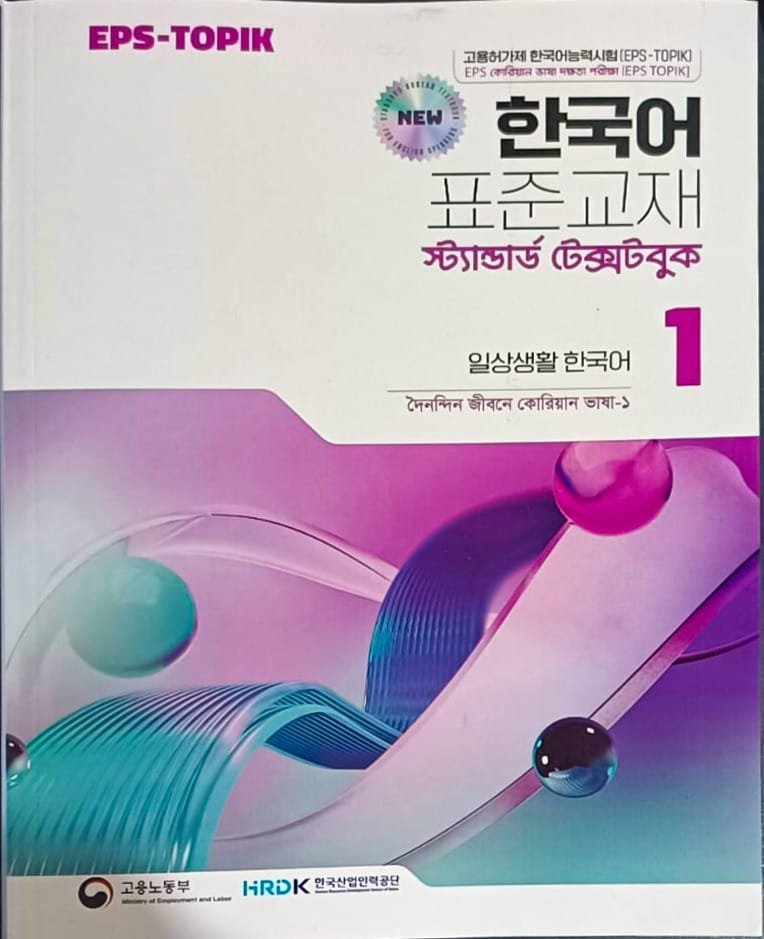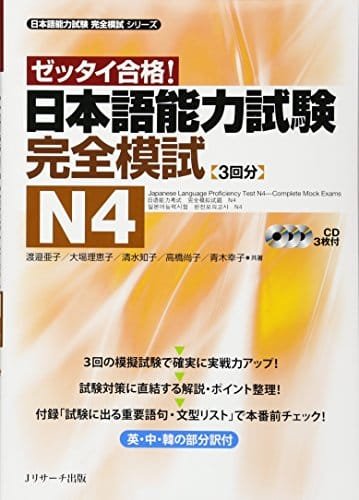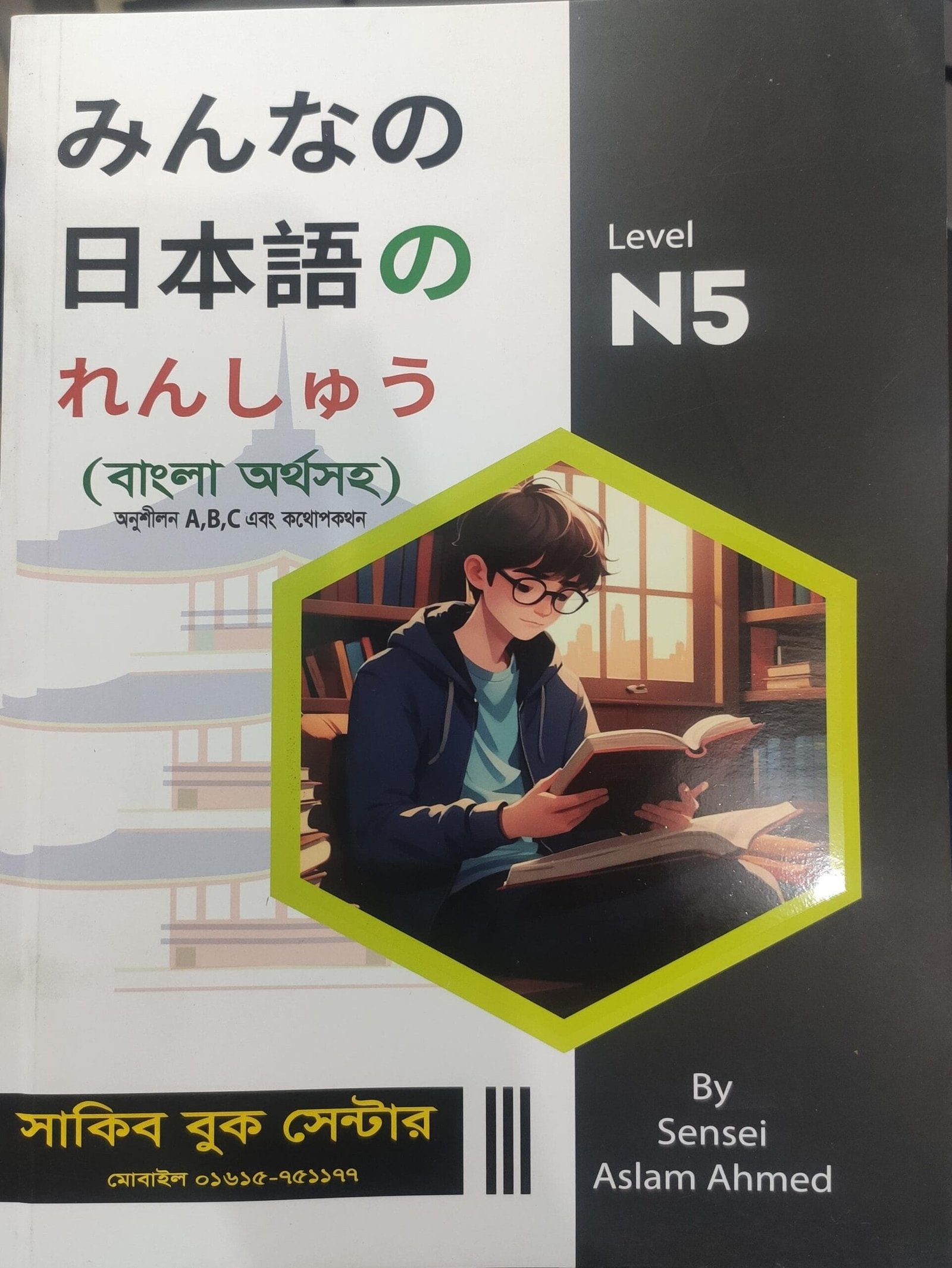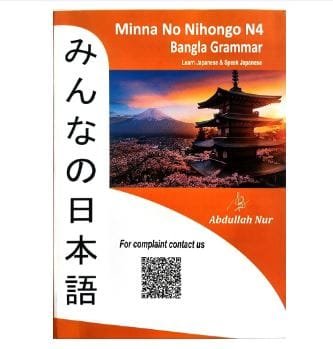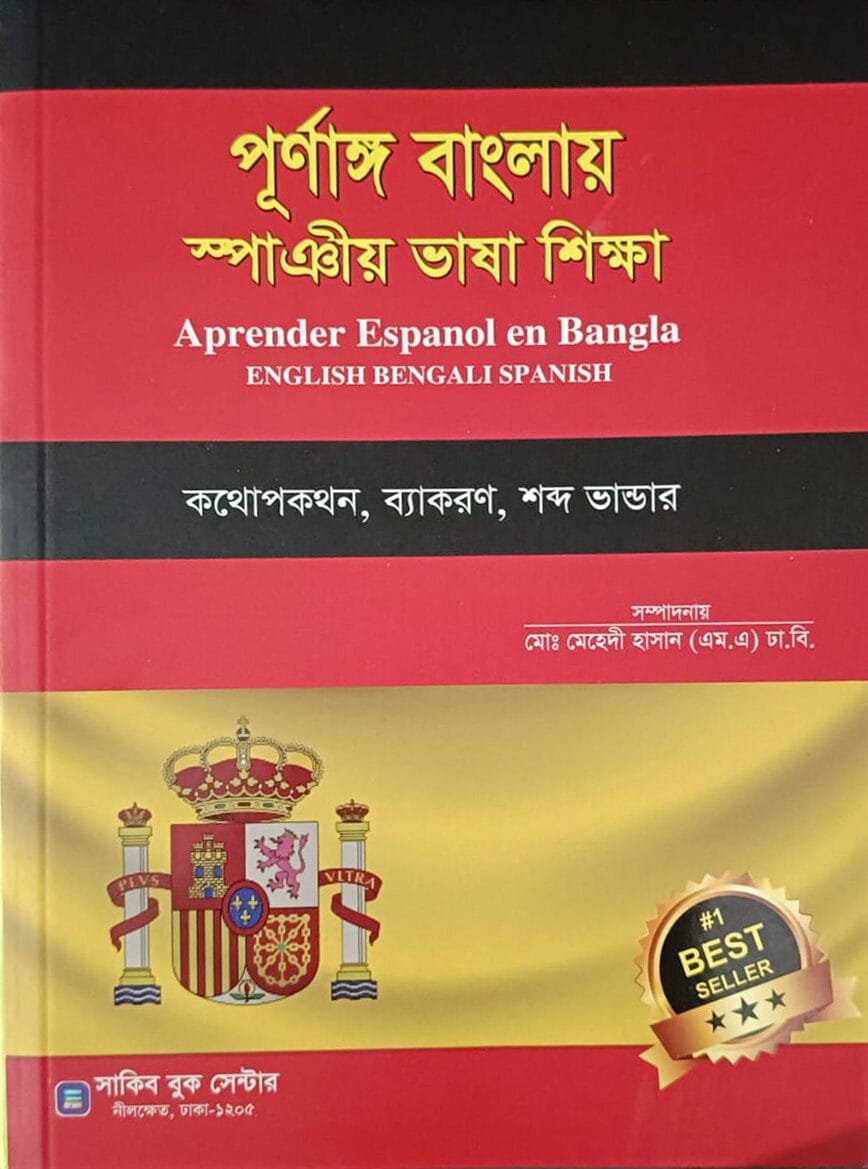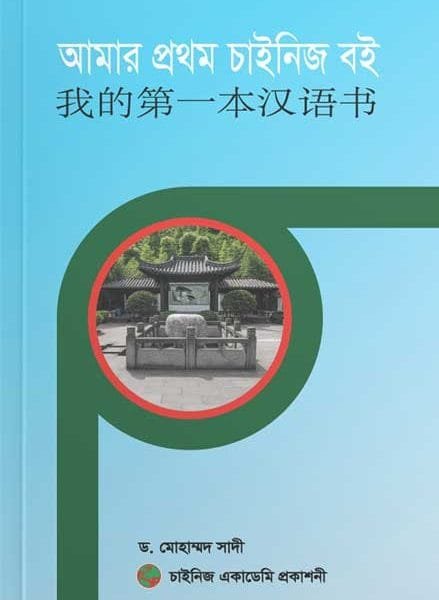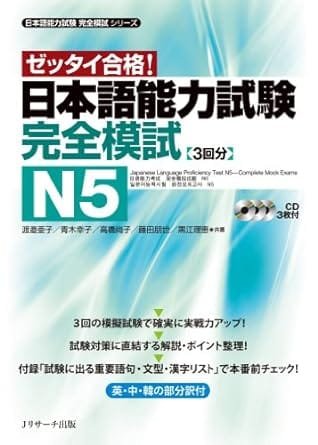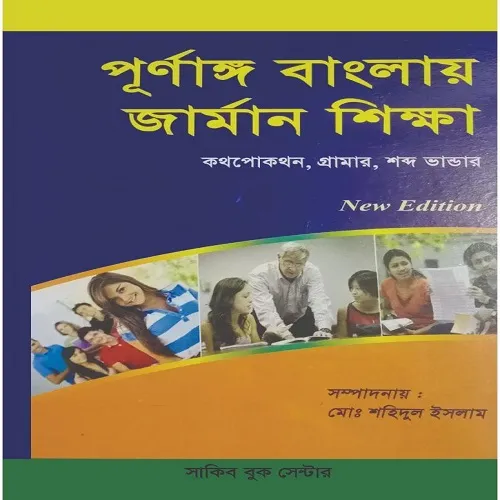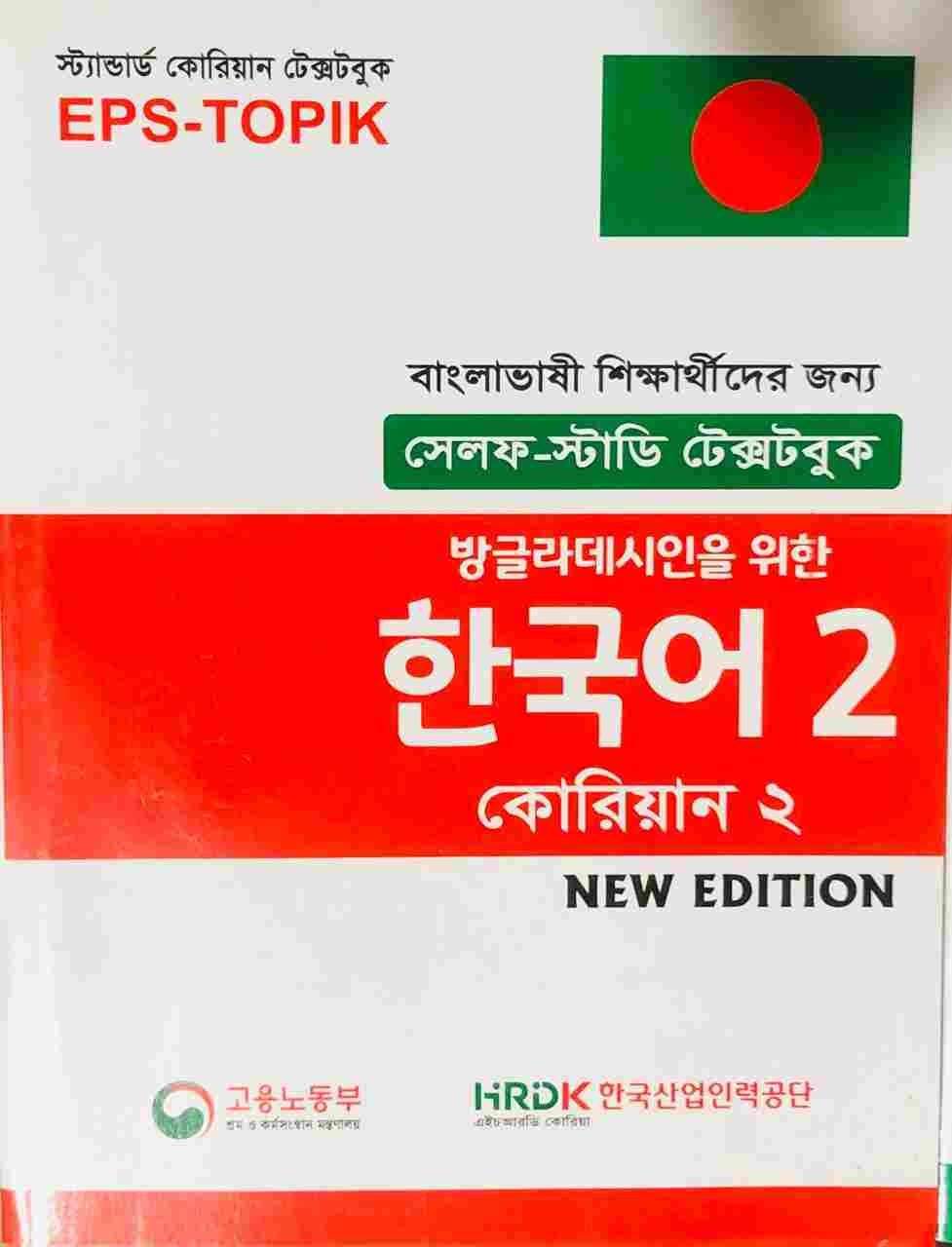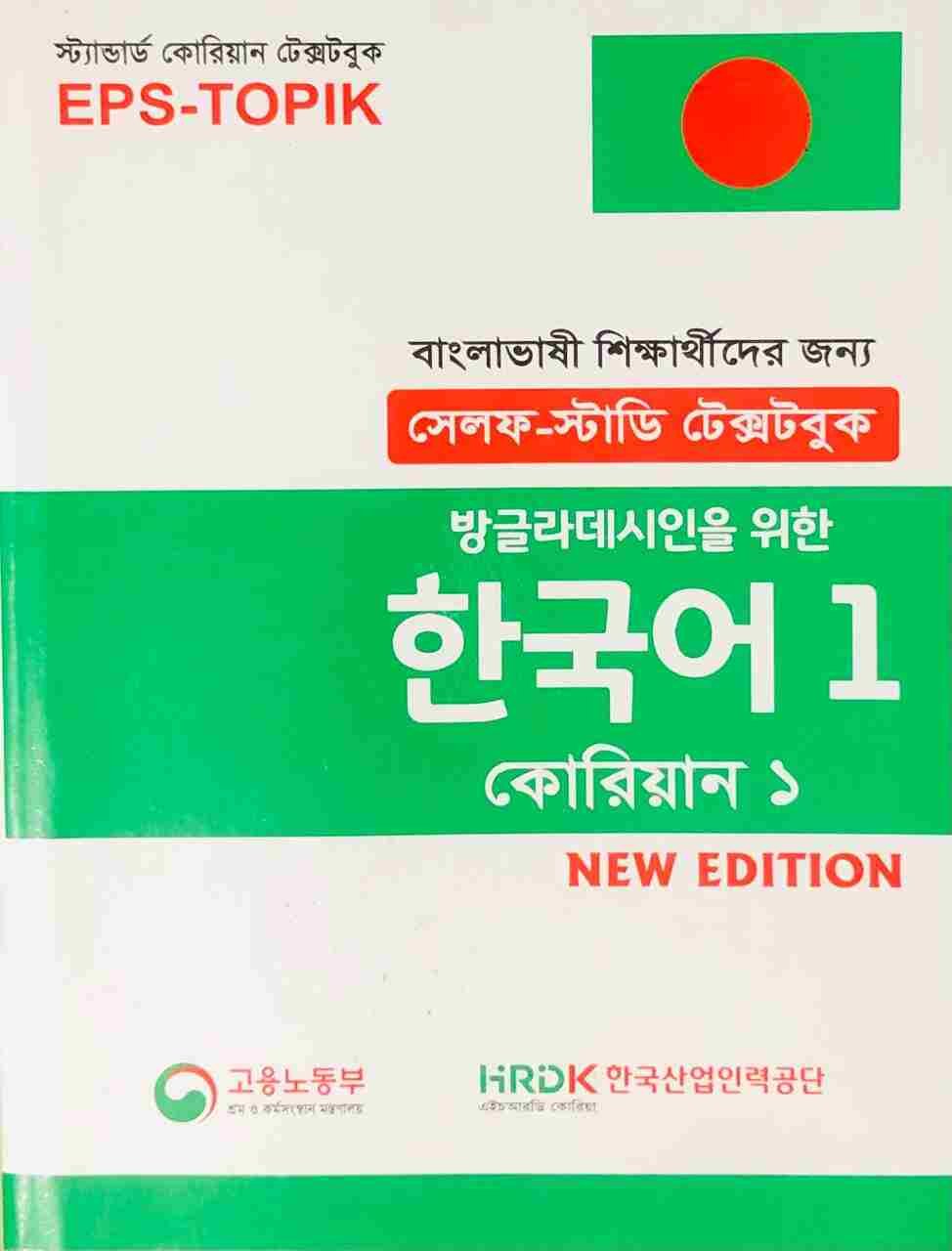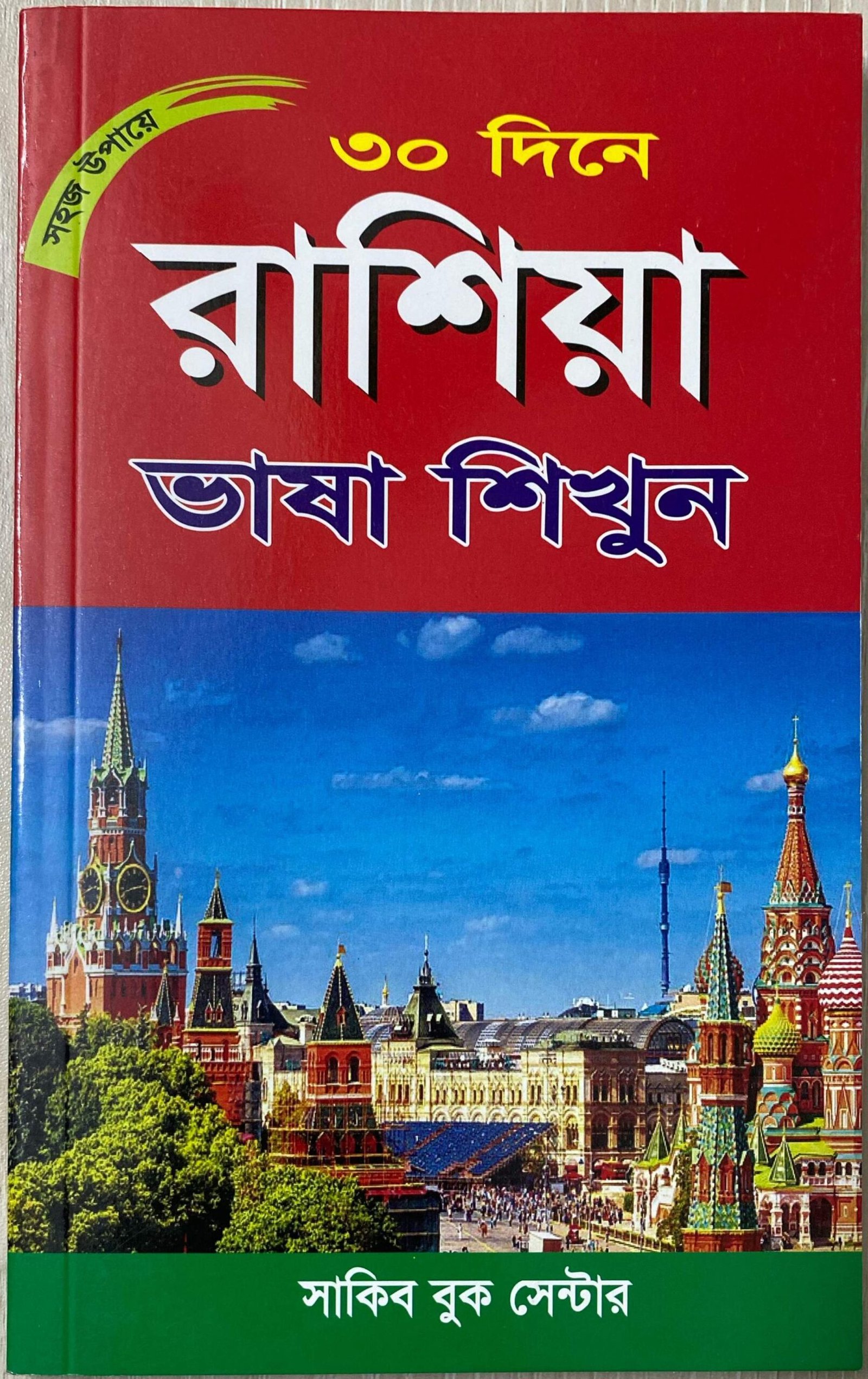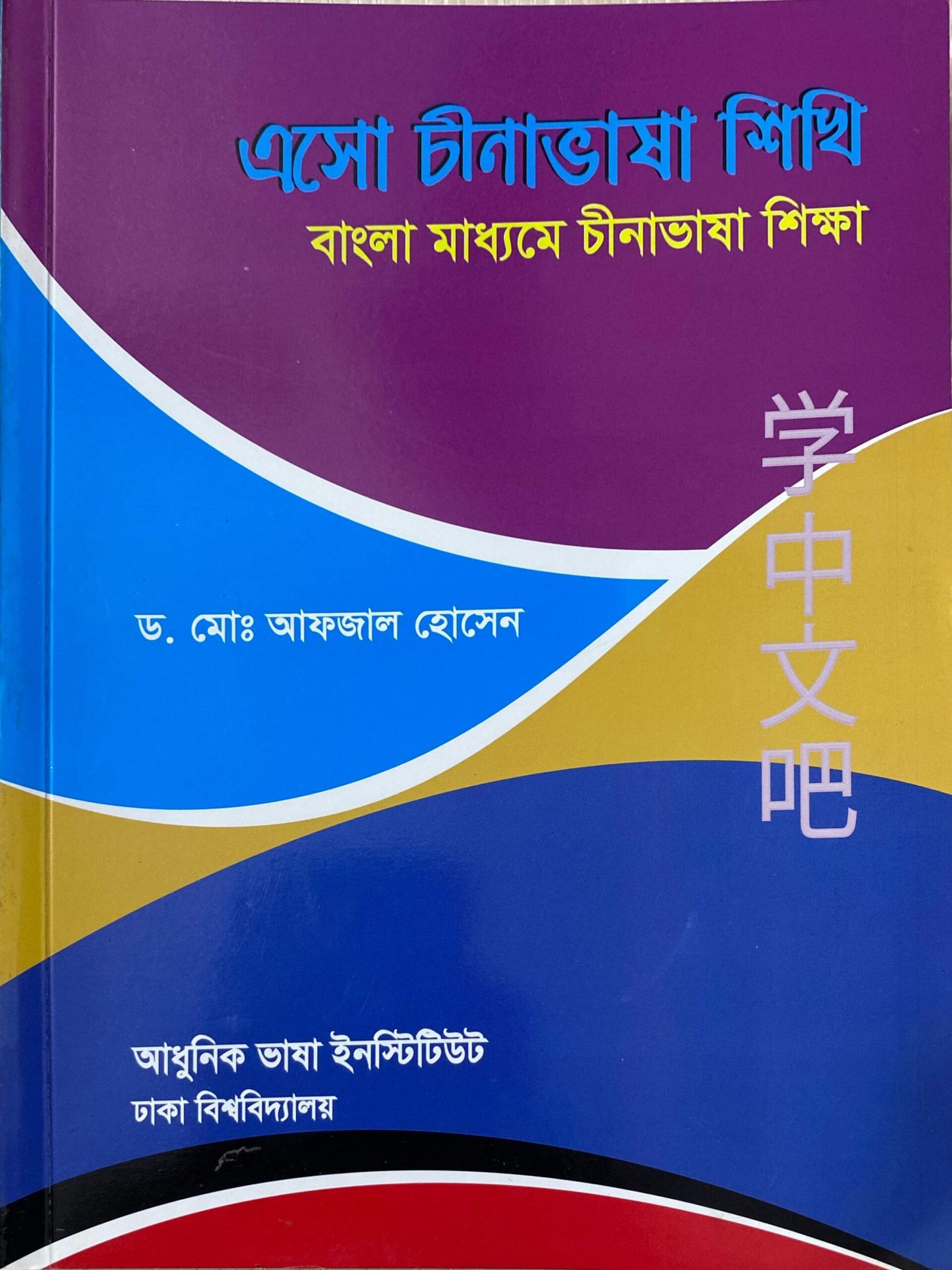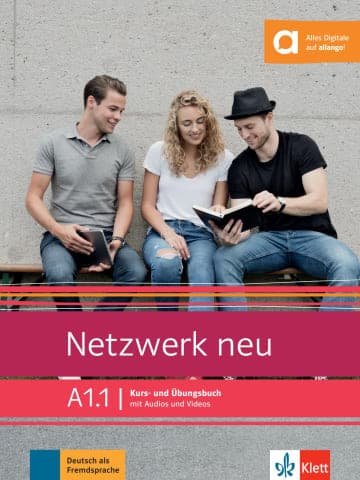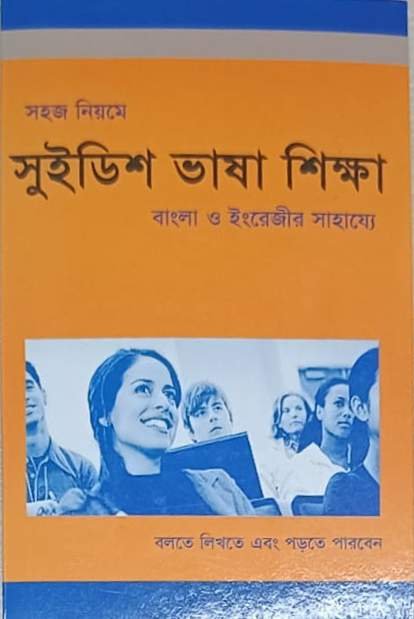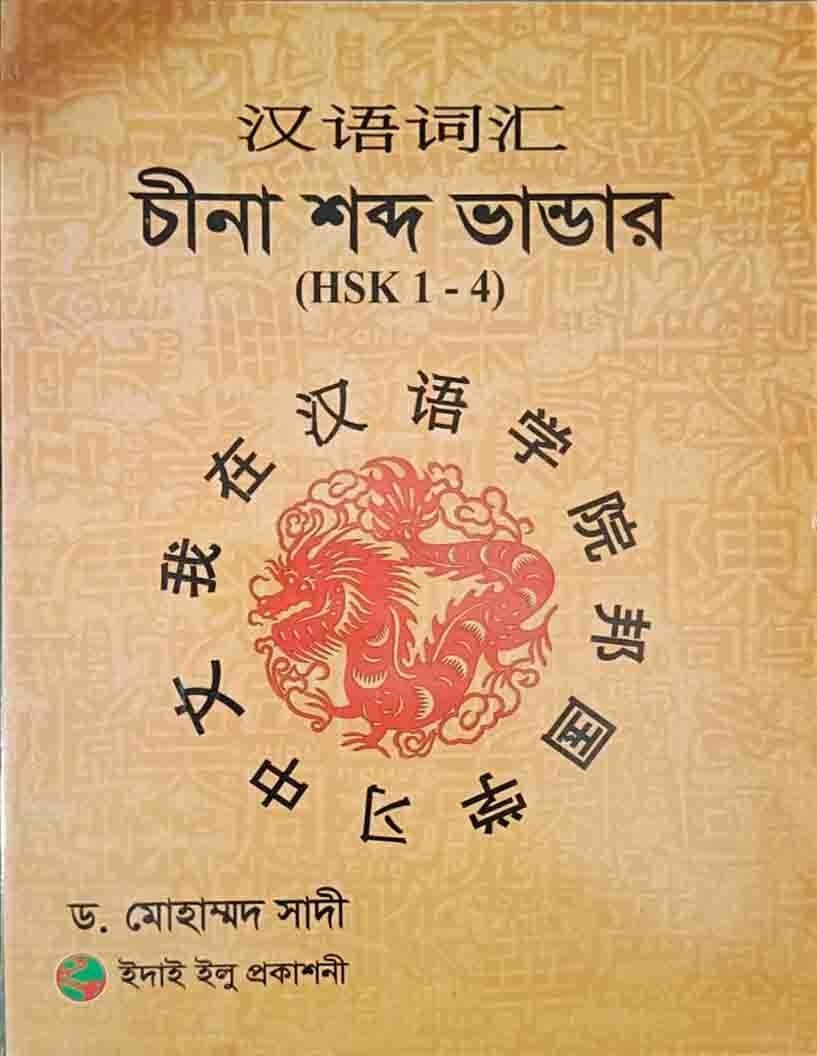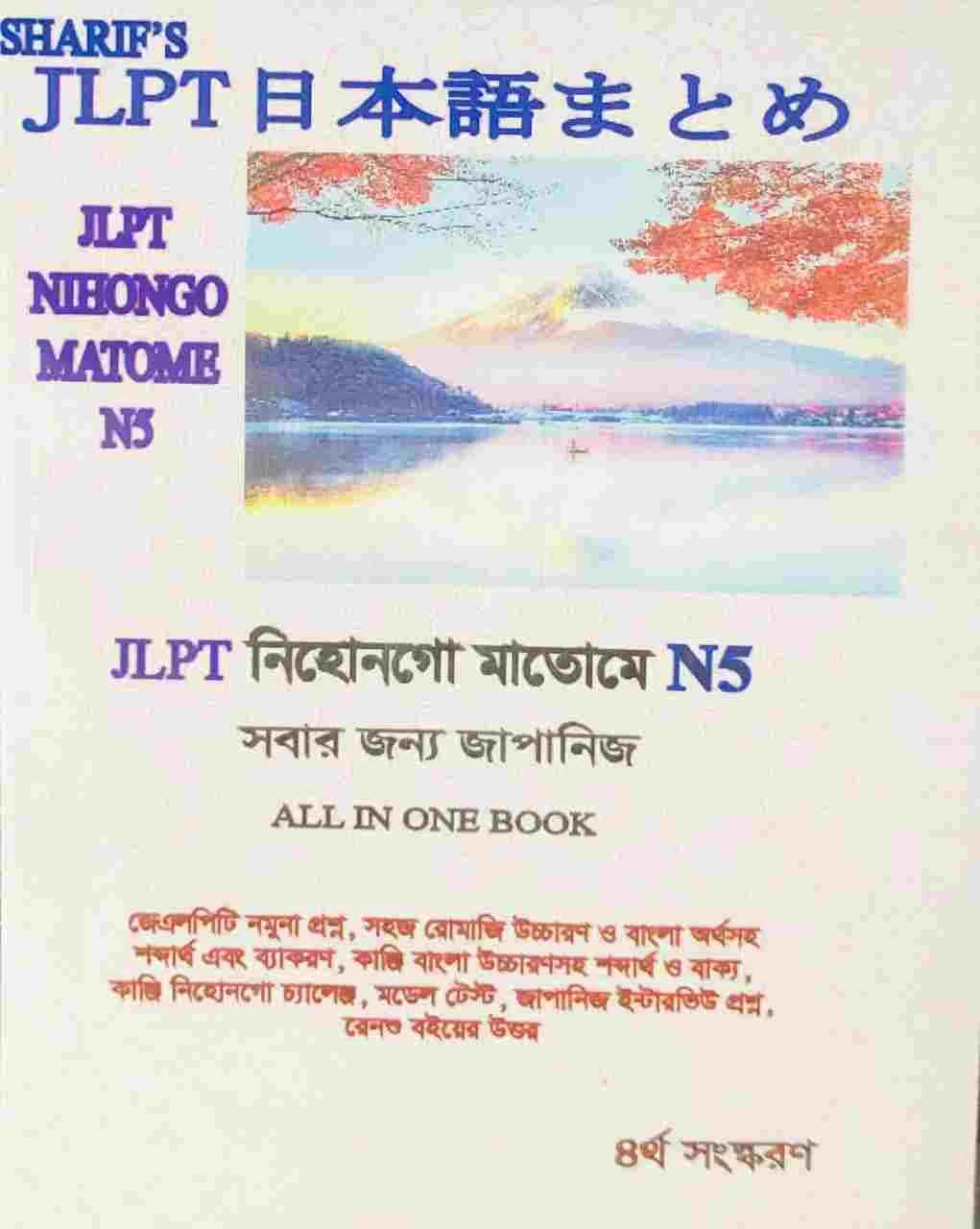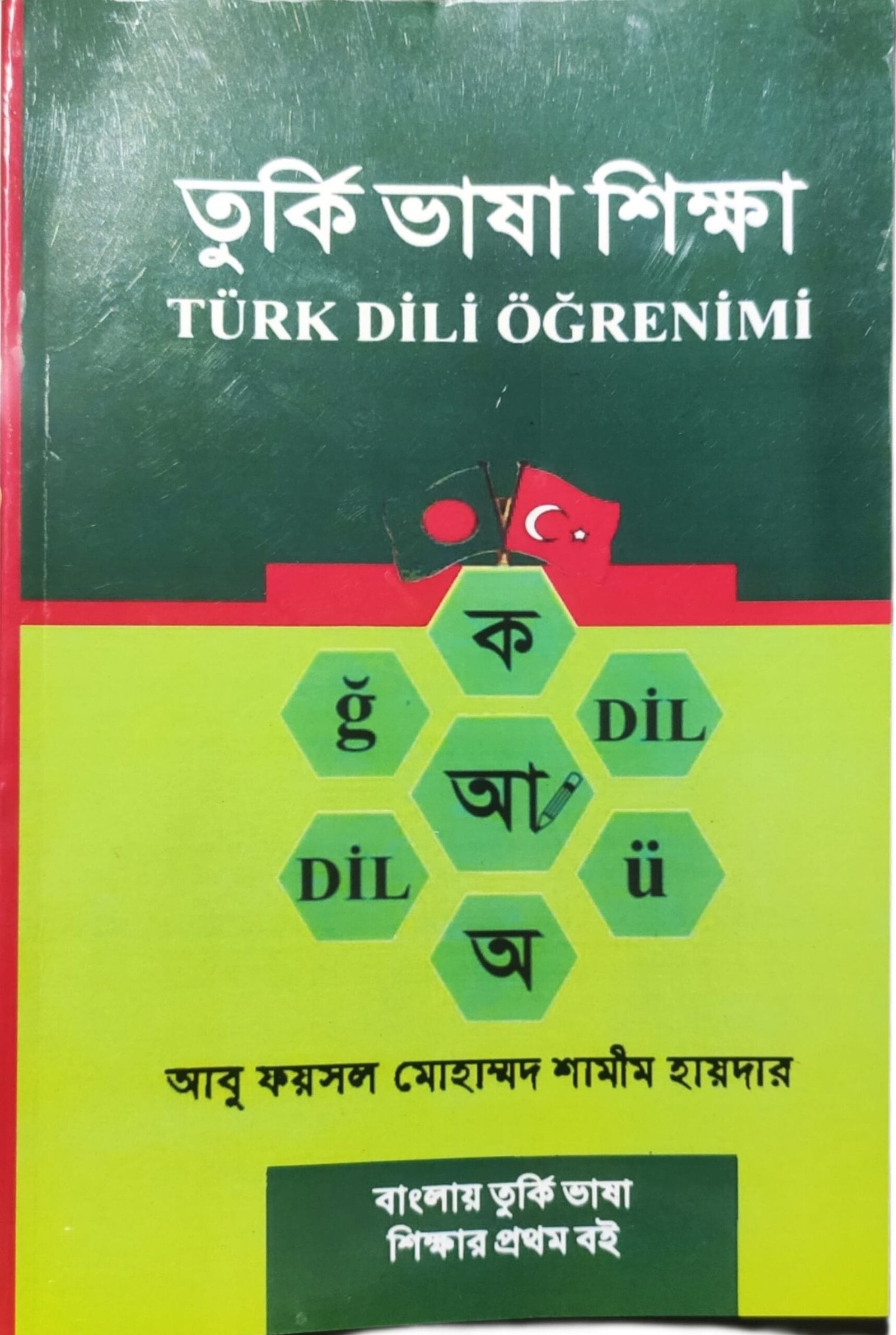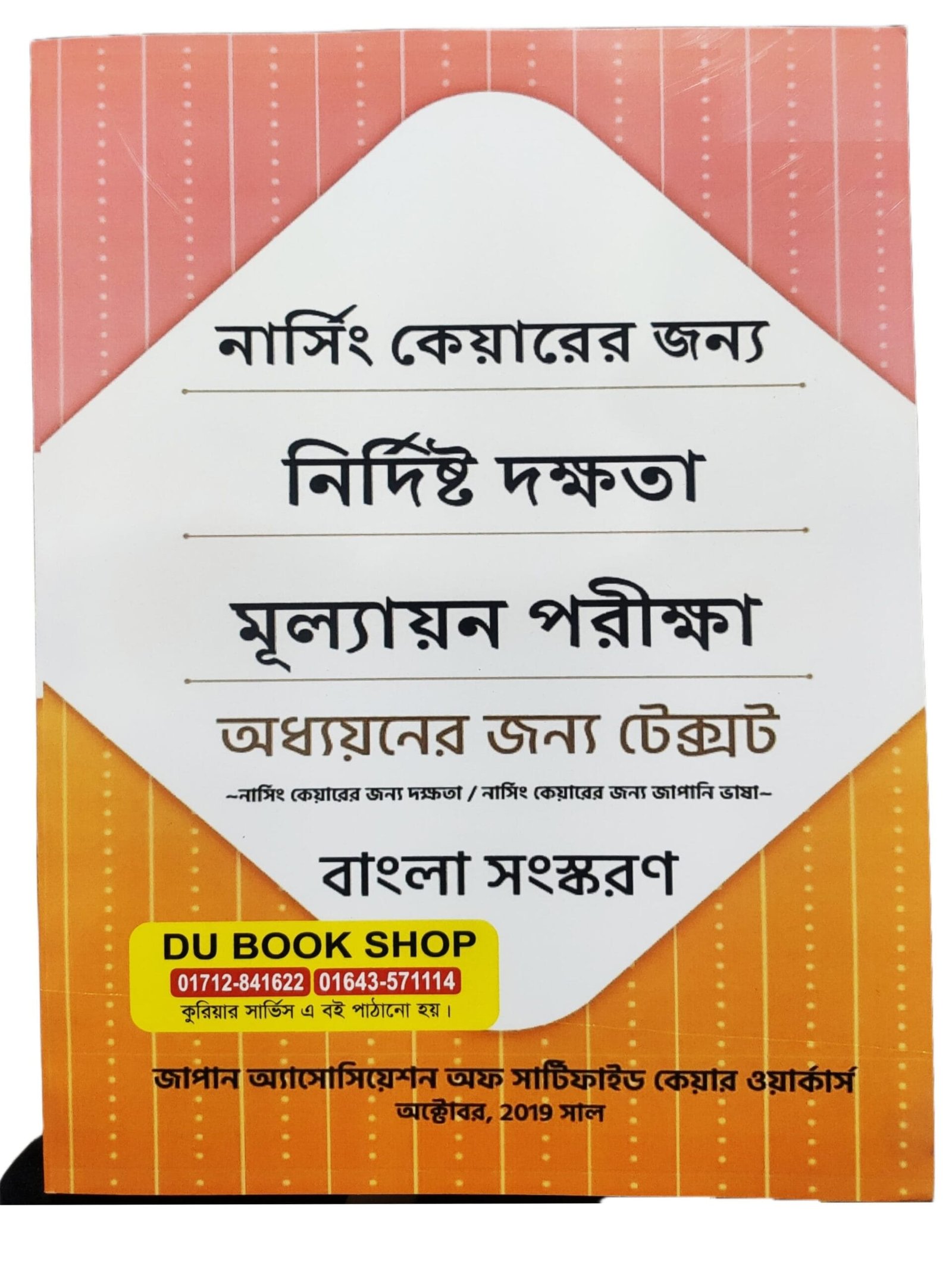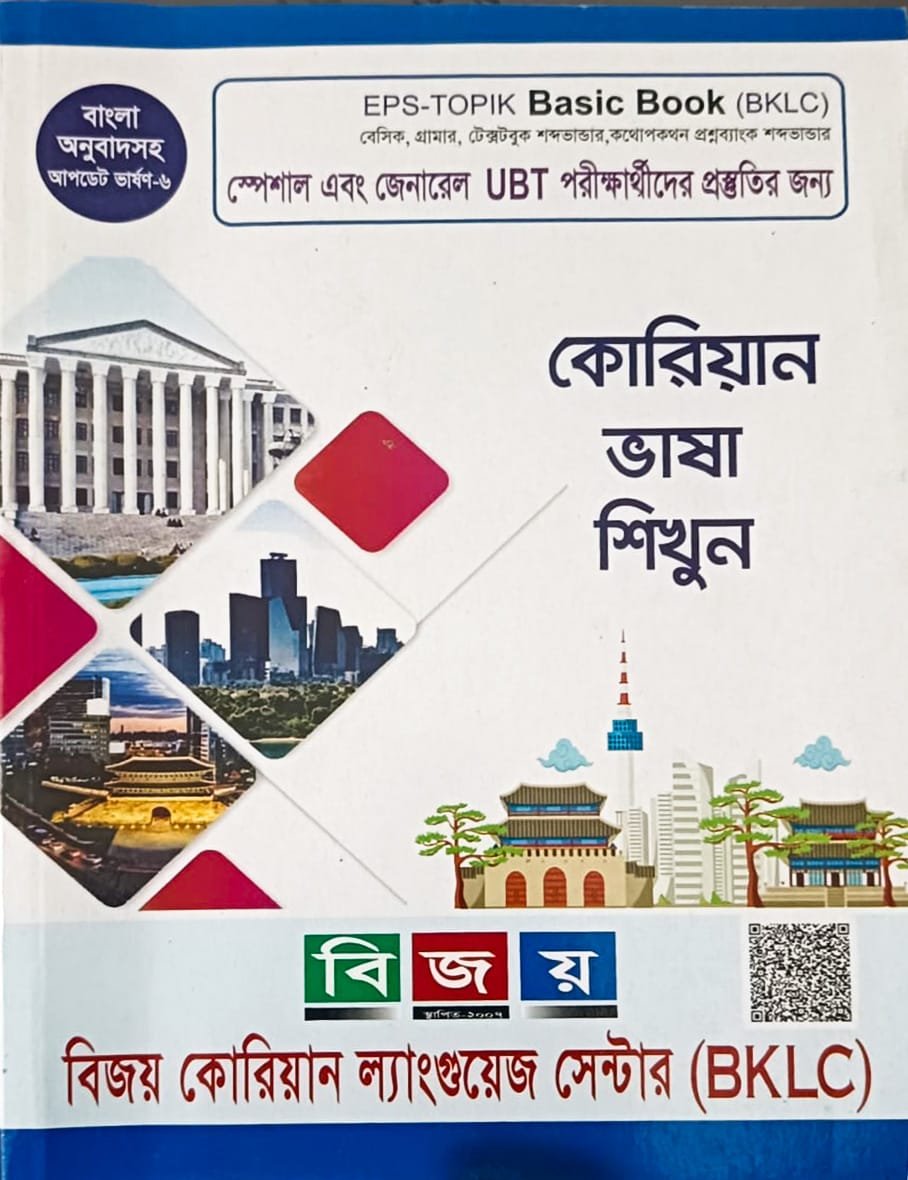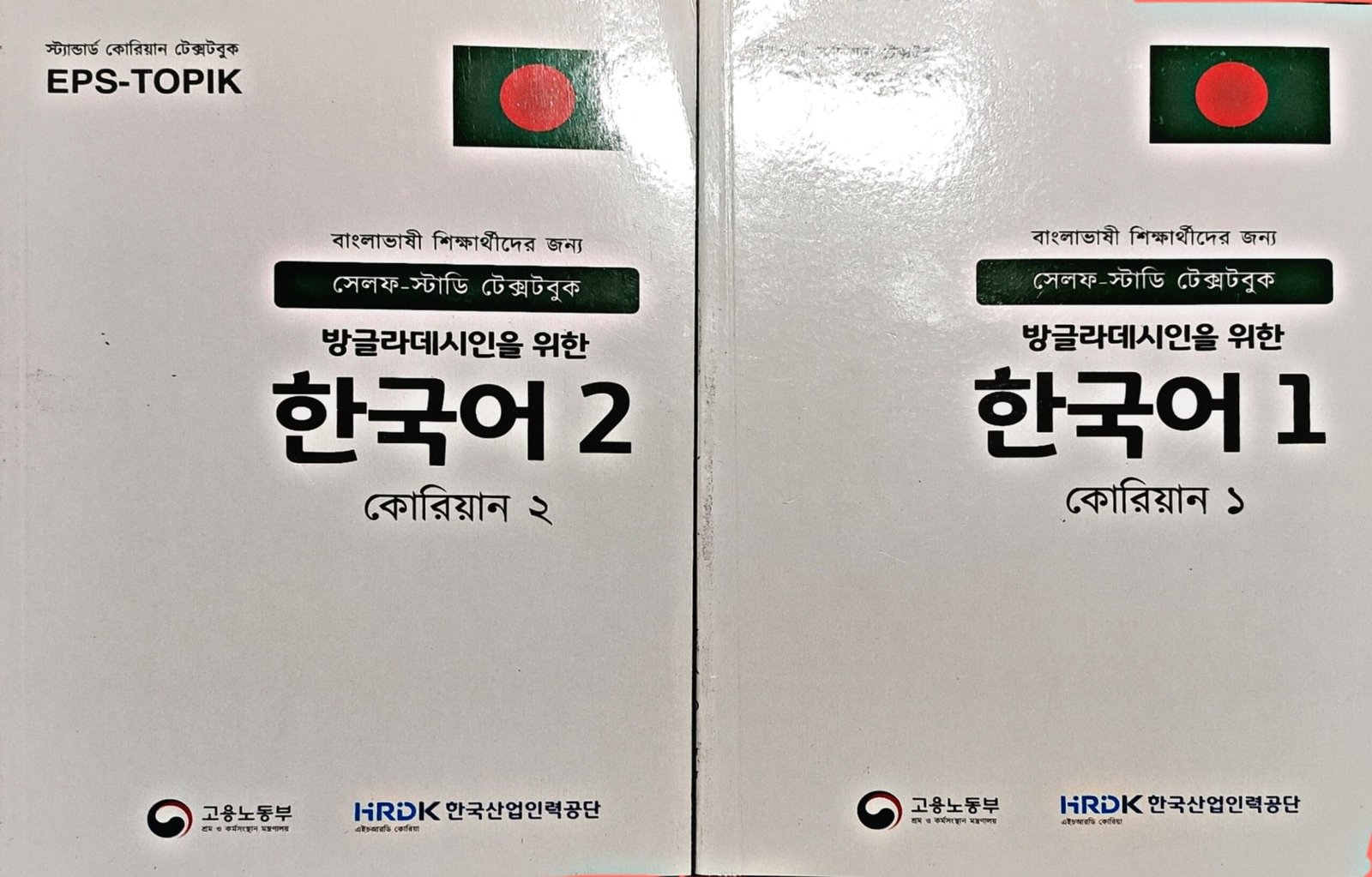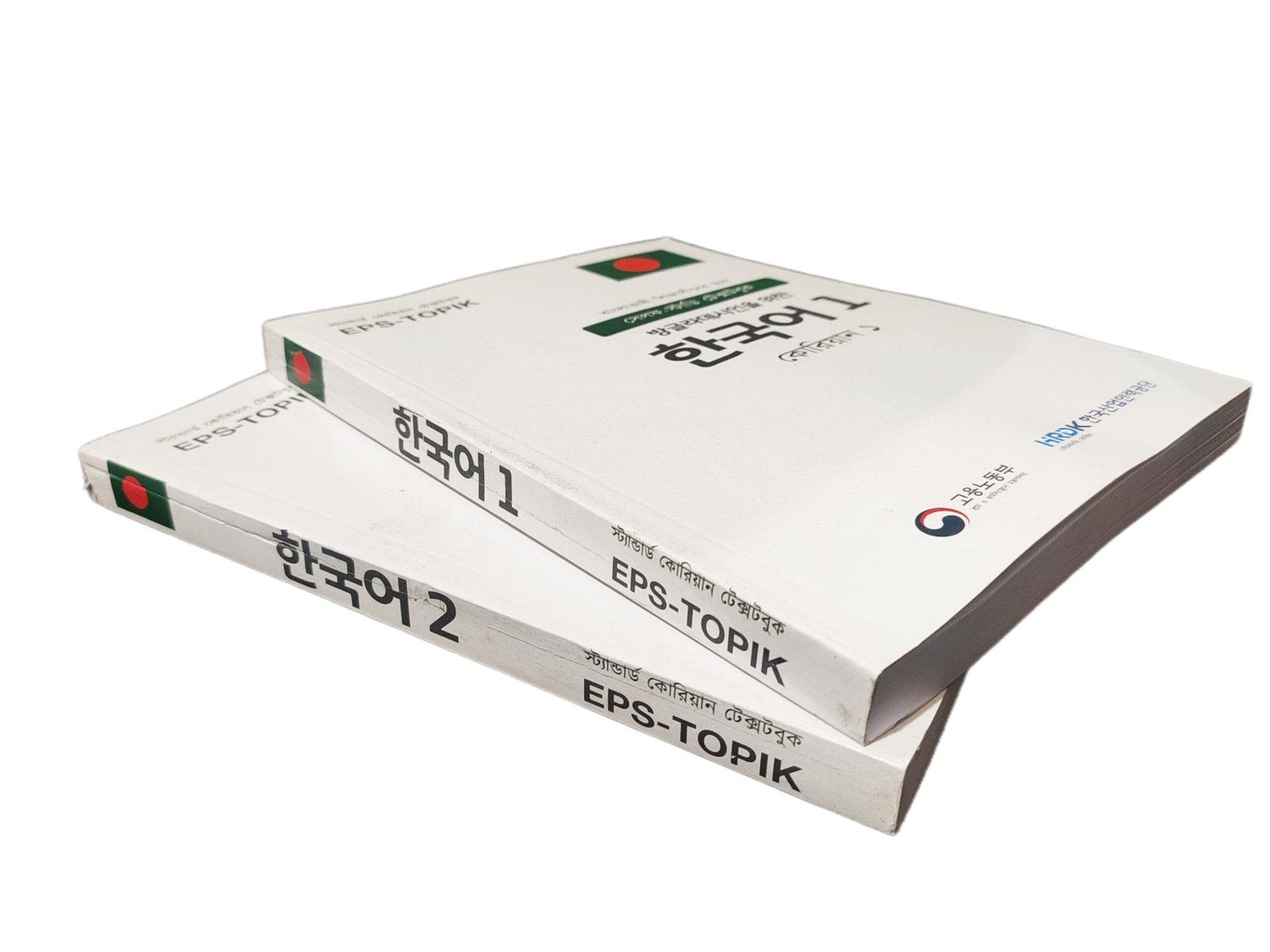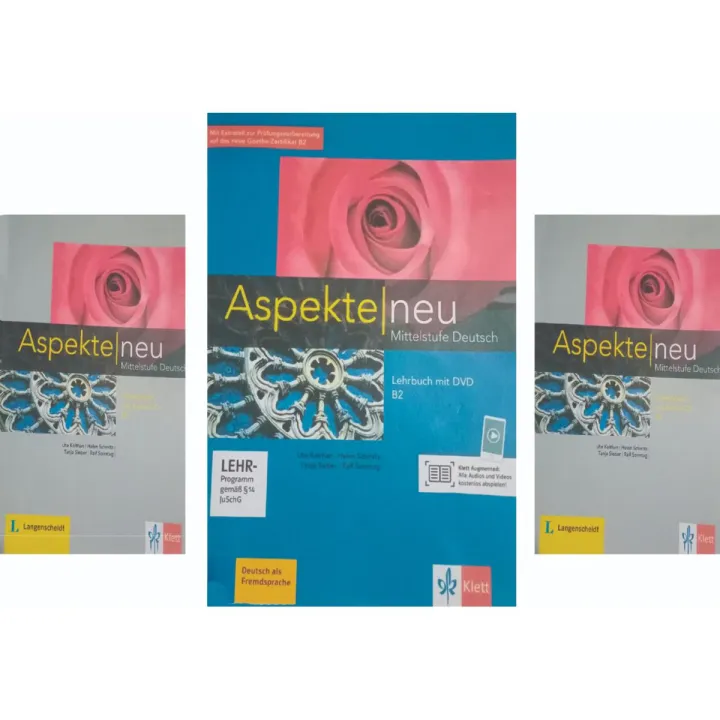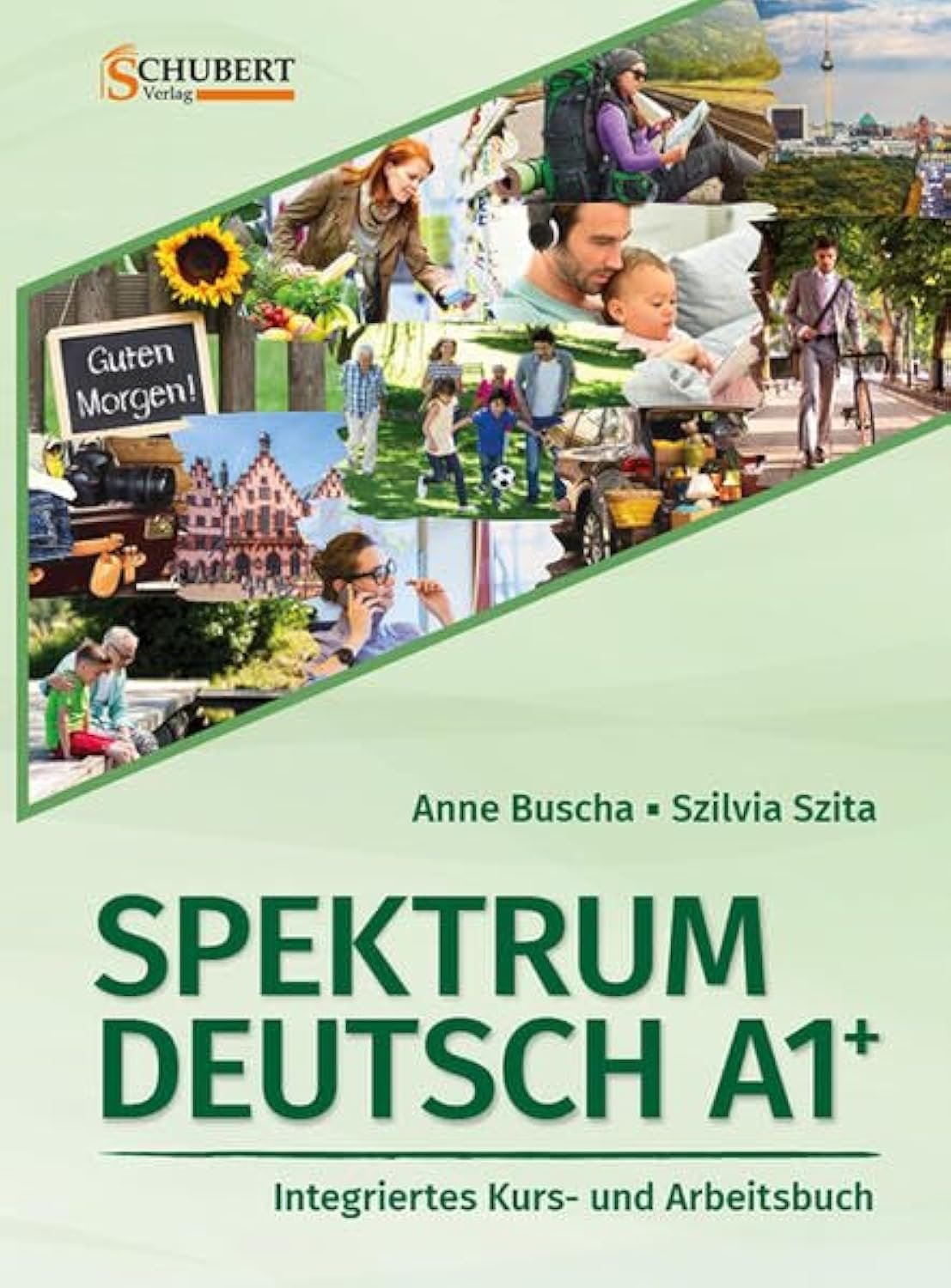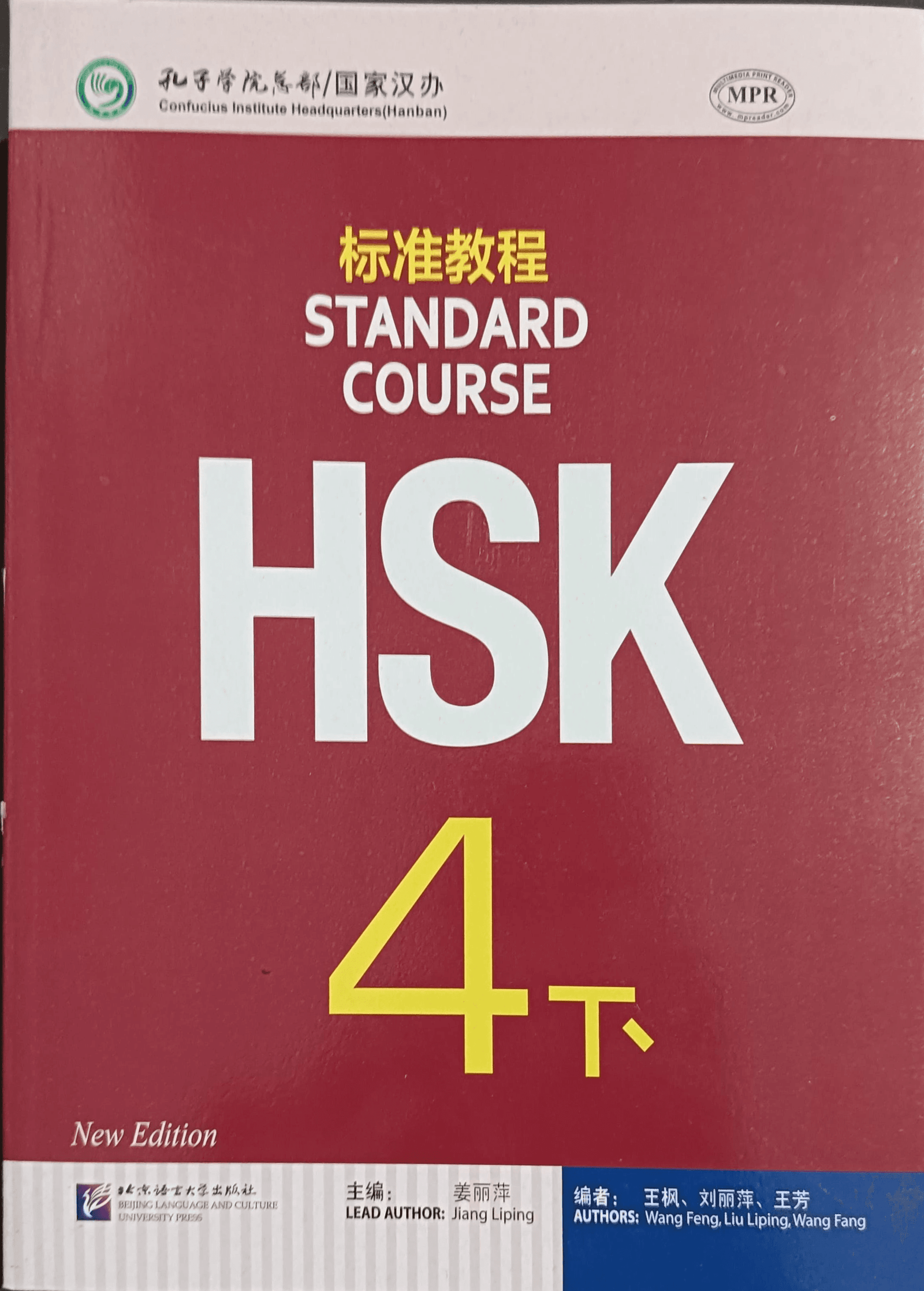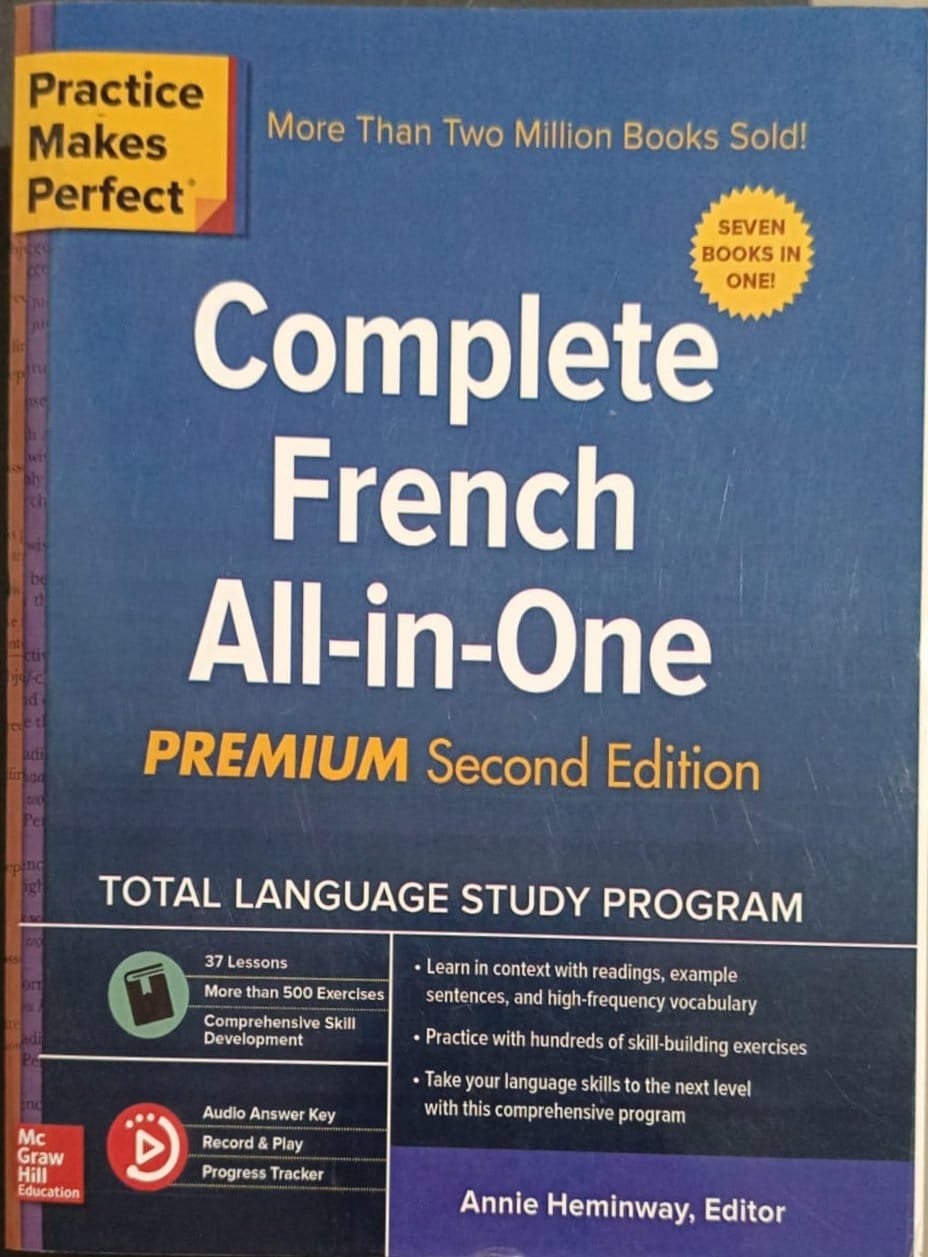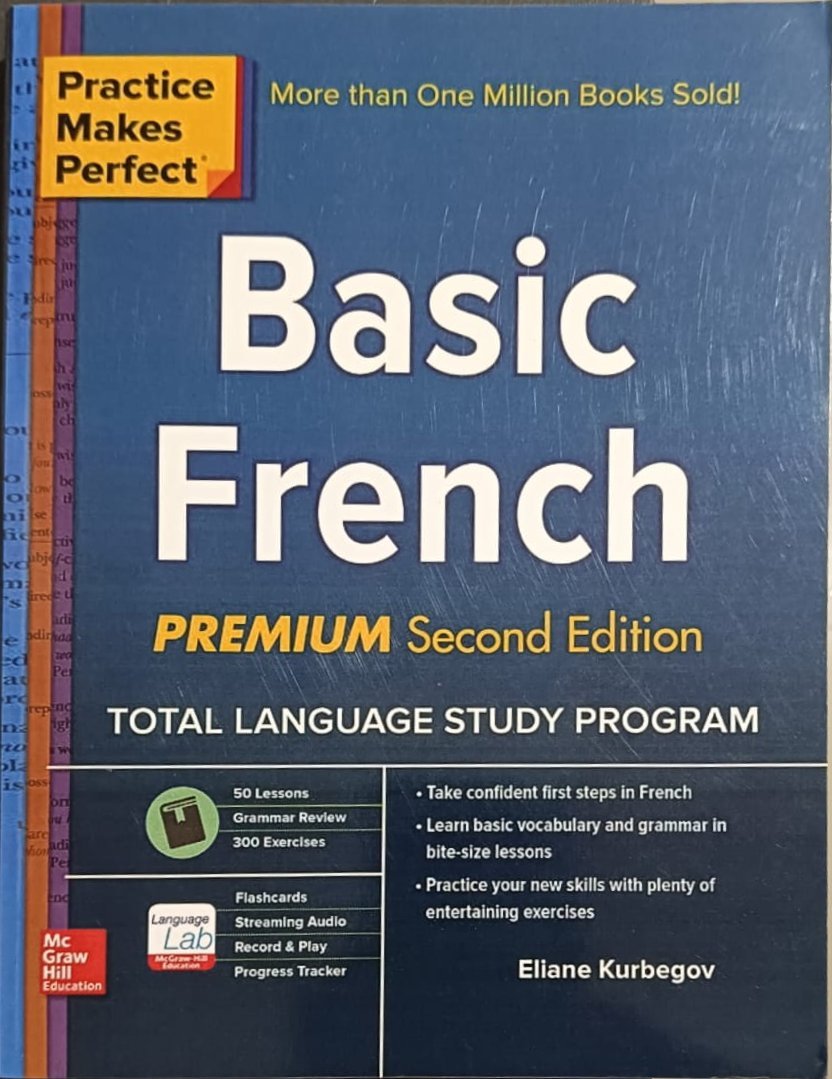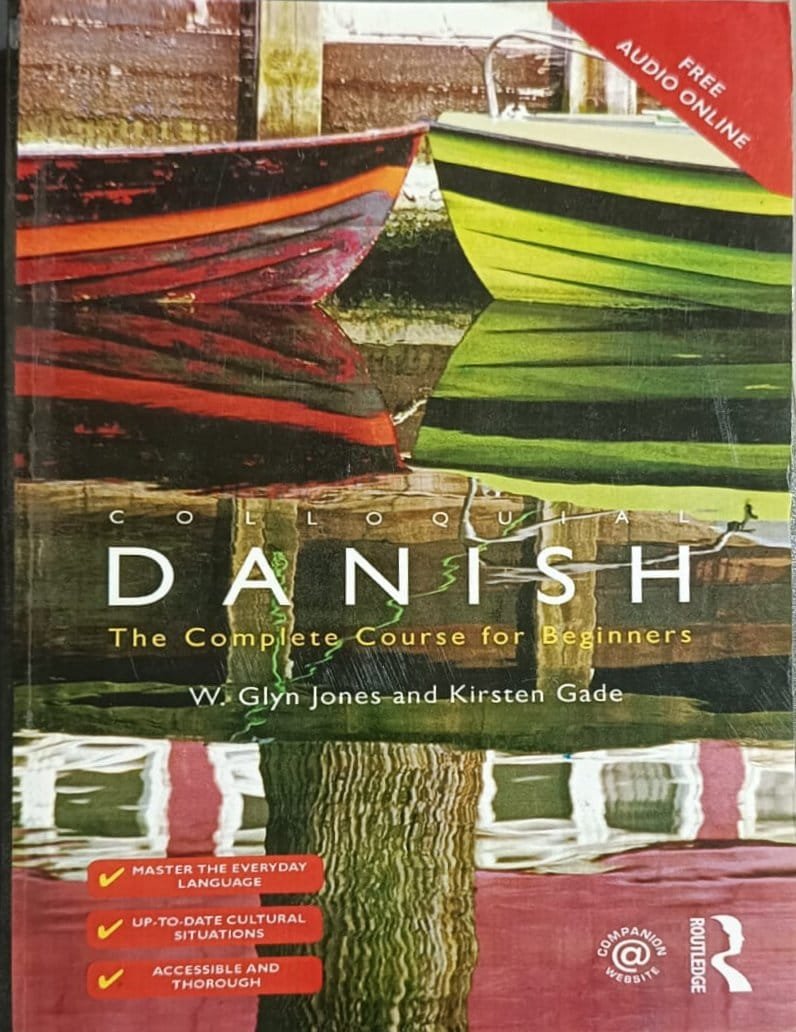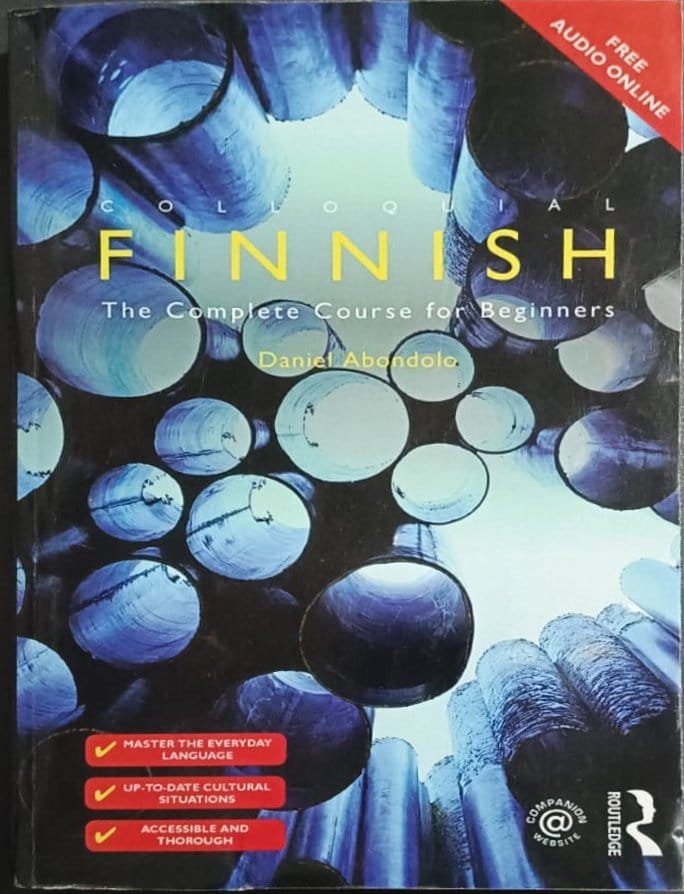Foreign Language Skill
Books by Language
Filter by price
Books by language
----------------------------
Filter by price
Curricula Books
- ● AS/A Level - Cambridge
- ● AS/A Level - Edexcel
- ● Grade 1
- ● Grade 2
- ● Grade 3
- ● Grade 4
- ● Grade 5
- ● Grade 6
- ● Grade 7
- ● Grade 8
- ● KG 2
- ● Play, Nursery & KG 1
- ● O Level - Cambridge
- ● O Level - Edexcel
- ● প্রাক-প্রাথমিক
- ● প্রথম শ্রেণি
- ● দ্বিতীয় শ্রেণি
- ● তৃতীয় শ্রেণি
- ● চতুর্থ শ্রেণি
- ● পঞ্চম শ্রেণি
- ● ষষ্ঠ শ্রেণি
- ● সপ্তম শ্রেণি
- ● অষ্টম শ্রেণি
- ● নবম-দশম
- ● একাদশ-দ্বাদশ
Exam Books
Faculty & Department Books
- ● Accounting
- ● Anthropology
- ● Apparel Mnf & Tech.
- ● BBA
- ● Bengali
- ● Botany
- ● Chemistry
- ● Computer Science
- ● Economics
- ● Electronics & Communication
- ● Engineering and Technology
- ● English
- ● Fashion Design & Tech.
- ● Finance & Banking
- ● Geography & Environment
- ● History
- ● Home Economics
- ● Hospitality Management
- ● Information Sc. & Library Mgt.
- ● Islamic History & Culture
- ● Islamic Studies
- ● Knitwear Mnf. & Tech.
- ● Law
- ● Management
- ● Marketing
- ● Mathematics
- ● Physics
- ● Political science
- ● Psychology
- ● Public Administration
- ● Social Work
- ● Sociology
- ● Statistics
- ● Zoology
General Categories
Ages
পূর্ণাঙ্গ বাংলায় চায়না ভাষা শিক্ষা
পূর্ণাঙ্গ বাংলায় চায়না ভাষা শিক্ষা বইটি চাইনিজ (ম্যান্ডারিন) ভাষা শিখতে আগ্রহী ব্যক্তিদের জন্য একটি উপকারী রিসোর্স হতে পারে। চাইনিজ ভাষা শিখতে চাইলে বেশ কিছু গুরুত্বপূর্ণ বিষয় মাথায় রাখতে হয়। এখানে আমি চাইনিজ ভাষা শিখতে সহায়ক কিছু গুরুত্বপূর্ণ কৌশল এবং পাঠ প্রদান করছি যা বাংলায় সহায়তা করবে।
১. ভাষার মৌলিক বিষয়:
পিনইন (Pinyin):
- চাইনিজ ভাষার উচ্চারণ শেখার জন্য পিনইন সিস্টেমের ব্যবহার অত্যন্ত গুরুত্বপূর্ণ। এটি একটি রোমানাইজেশন সিস্টেম যা চাইনিজ ভাষার উচ্চারণকে রোমান অক্ষরে প্রকাশ করে। পিনইন শেখা ম্যান্ডারিন ভাষার শুদ্ধ উচ্চারণের জন্য অপরিহার্য।
উচ্চারণ:
- চাইনিজ ভাষার মধ্যে সঠিক উচ্চারণ শিখতে হবে, কারণ একেকটি শব্দের উচ্চারণের ভিন্নতা অর্থের পরিবর্তন ঘটাতে পারে। উদাহরণস্বরূপ, “妈 (mā)” মানে মা, কিন্তু “骂 (mà)” মানে গাল দেওয়া।
২. চীনা ক্যারেক্টার (হানজি):
- চাইনিজ ভাষায় লিখিত আকারে হানজি (汉字) বা চীনা চরিত্র ব্যবহার হয়। প্রতিটি চরিত্র একটি বা একাধিক শব্দের ধারণা প্রকাশ করে। আপনাকে প্রথমে সহজ এবং মৌলিক চরিত্রগুলি শিখতে হবে।
প্রথমে সহজ চরিত্র শেখা:
- যেমন:
- 一 (yī) – এক
- 二 (èr) – দুই
- 人 (rén) – মানুষ
- 大 (dà) – বড়
- 小 (xiǎo) – ছোট
৩. মূল শব্দ ও বাক্যাংশ:
চাইনিজ ভাষার কিছু সাধারণ বাক্যাংশ যেগুলি দৈনন্দিন জীবনে খুবই কাজে আসবে:
- নমস্কার: 你好 (nǐ hǎo)
- ধন্যবাদ: 谢谢 (xièxiè)
- দয়া করে: 请 (qǐng)
- হ্যাঁ: 是的 (shì de)
- না: 不是 (bù shì)
- আপনার নাম কী?: 你叫什么名字?(nǐ jiào shénme míngzi?)
- আমার নাম [নাম]: 我的名字是 [নাম] (wǒ de míngzì shì [নাম])
৪. বাক্য গঠন:
চাইনিজ ভাষার বাক্য গঠন কিছুটা আলাদা:
- সাধারণ বাক্য গঠন: Subject + Verb + Object (যেমন: আমি একটি বই পড়ি – 我看书 (wǒ kàn shū))
৫. সংখ্যা:
- চাইনিজ ভাষায় সংখ্যা জানা অত্যন্ত গুরুত্বপূর্ণ। প্রথম দশটি সংখ্যা শিখলে, বড় সংখ্যাগুলি সহজে শিখতে পারবেন।
- ১: 一 (yī)
- ২: 二 (èr)
- ৩: 三 (sān)
- ৪: 四 (sì)
- ৫: 五 (wǔ)
- ৬: 六 (liù)
- ৭: 七 (qī)
- ৮: 八 (bā)
- ৯: 九 (jiǔ)
- ১০: 十 (shí)
৬. দৈনন্দিন ব্যবহারিক বাক্য:
- আপনি কেমন আছেন?: 你好吗? (nǐ hǎo ma?)
- ভাল আছি: 我很好 (wǒ hěn hǎo)
- তুমি কোথা থেকে এসেছো?: 你从哪里来?(nǐ cóng nǎlǐ lái?)
- আমি বাংলাদেশ থেকে এসেছি: 我来自孟加拉国 (wǒ láizì Mèngjiālā guó)
৭. প্র্যাকটিস এবং পুনরাবৃত্তি:
চাইনিজ ভাষা শিখতে সবচেয়ে গুরুত্বপূর্ণ বিষয় হচ্ছে নিয়মিত প্র্যাকটিস। কিছু টিপস:
- দৈনন্দিন জীবনে চাইনিজ শব্দ ব্যবহার করুন।
- চাইনিজ ভাষার টিভি শো, সিনেমা বা ইউটিউব ভিডিও দেখুন।
- অডিও রিসোর্স ব্যবহার করে শুনুন এবং উচ্চারণ অনুশীলন করুন।
৮. অনলাইন রিসোর্স:
- Duolingo: একটি জনপ্রিয় ভাষা শেখার অ্যাপ যা চাইনিজ ভাষা শেখাতে সাহায্য করে।
- HelloChinese: একটি অ্যাপ যা চাইনিজ ভাষা শিখতে খুব সহায়ক।
- ChinesePod: অনলাইনে চাইনিজ ভাষার শিক্ষার জন্য একটি জনপ্রিয় প্ল্যাটফর্ম।
৯. গ্রামার:
চাইনিজ ভাষায় গ্রামার তুলনামূলকভাবে সহজ, তবে কিছু বৈশিষ্ট্য রয়েছে যা বিশেষভাবে মনে রাখা উচিত:
- চাইনিজ ভাষায় verb tense নেই, তবে সময় নির্দেশক শব্দ ব্যবহার করে তা বোঝানো হয়।
- কোন subject না থাকলে বাক্যটি অস্পষ্ট হতে পারে, তবে চাইনিজ ভাষায় অনেক সময় subject বাদ দেওয়া হয় এবং বাক্য সহজ থাকে।
১০. সহায়ক বই:
বাংলায় চাইনিজ ভাষা শেখার জন্য কিছু বইও পাওয়া যায়, যেমন:
- "পূর্ণাঙ্গ বাংলায় চায়না ভাষা শিক্ষা" (যদি আপনি বিশেষ এই বইটি সম্পর্কে কথা বলছেন, এটি আপনাকে চাইনিজ ভাষার মৌলিক দিকগুলি শেখাতে সাহায্য করবে)।
- "Learn Chinese in 30 Days": এটি সাধারণত বিভিন্ন বইয়ের মাধ্যমে চাইনিজ ভাষা শেখানোর উপায় নির্ধারণ করে।
শেষ কথা:
চাইনিজ ভাষা শিখতে ৩০ দিনে পুরোপুরি দক্ষ হওয়া সম্ভব নয়, তবে যদি আপনি মনোযোগ দিয়ে নিয়মিত অধ্যয়ন করেন, তা হলে আপনি শীঘ্রই ম্যান্ডারিন ভাষার মৌলিক ধারণাগুলি আয়ত্ত করতে পারবেন। চেষ্টা করুন এবং আপনার শেখার পথটি উপভোগ করুন!
Netzwerk neu A1 Bundle of Three (3) Books (Colour Print)
Japanese Language Proficiency Test N4 – Complete Mock Exam JLPT
The "Japanese Language Proficiency Test N4 - Complete Mock Exam JLPT" is a comprehensive study guide designed for students preparing for the JLPT N4 exam. This book typically features mock exams that simulate the actual test format, providing practice in all areas tested on the JLPT N4: reading, listening, grammar, vocabulary, and kanji.
Key Features:
- Mock Tests: The book contains multiple full-length mock exams, offering practice in real exam conditions.
- Answer Keys: Each test includes an answer key, often with explanations for correct answers, to help students understand their mistakes and improve.
- Comprehensive Coverage: The material covers essential grammar, vocabulary, kanji, and listening comprehension tasks aligned with the JLPT N4 syllabus.
- Softcover Format: As a softcover, the book is portable and can be used in various study settings.
Ideal for:
- JLPT N4 Candidates: Anyone planning to take the JLPT N4, whether for academic, professional, or personal purposes, can benefit from practicing with this book.
- Self-Study: The mock exams are ideal for self-study or review, providing students with realistic test-taking experience.
This book helps learners to gauge their preparedness, pinpoint areas that need improvement, and familiarize themselves with the structure and timing of the actual JLPT exam.
Standerd Course HSK 1-4 : Chinese books bundle (whit print)
Bangla To German A1 to B1
Minna Nihongo N5
Irodori Japanese for Life in Japan (2) A2
The Japan Foundation Introduces Japanese-Language Coursebook “Irodori: Japanese for Life in Japan”! Primary 1 (A2)
The Japan Foundation introduces the Japanese-language coursebook “Irodori: Japanese for Life in Japan”. This book is intended for people who are interested in learning basic Japanese communication skills necessary for daily life and work in Japan.
The word Irodori, which means “to color” can also mean “to change a thing’s shape or appearance and make i ...
Irodori Japanese for Life in Japan (English) A1
The Japan Foundation Introduces Japanese-Language Coursebook “Irodori: Japanese for Life in Japan”! Starter (A1)
The Japan Foundation introduces the Japanese-language coursebook “Irodori: Japanese for Life in Japan”. This book is intended for people who are interested in learning basic Japanese communication skills necessary for daily life and work in Japan.
The word Irodori, which means “to color” can also mean “to change a thing’s shape or appearance and make it more bea ...
আমার প্রথম চাইনিজ বই
Japanese Language Proficiency Test N5 – Complete Mock Exam JLPT
The "Japanese Language Proficiency Test N5 - Complete Mock Exam JLPT" is a comprehensive study guide designed for students preparing for the JLPT N5 exam. This book typically features mock exams that simulate the actual test format, providing practice in all areas tested on the JLPT N5: reading, listening, grammar, vocabulary, and kanji.
Key Features:
- Mock Tests: The book contains multiple full-length mock exams, offering practice in real exam conditions.
- Answer Keys: Each test includes an answer key, often with explanations for correct answers, to help students understand their mistakes and improve.
- Comprehensive Coverage: The material covers essential grammar, vocabulary, kanji, and listening comprehension tasks aligned with the JLPT N4 syllabus.
- Softcover Format: As a softcover, the book is portable and can be used in various study settings.
Ideal for:
- JLPT N5 Candidates: Anyone planning to take the JLPT N4, whether for academic, professional, or personal purposes, can benefit from practicing with this book.
- Self-Study: The mock exams are ideal for self-study or review, providing students with realistic test-taking experience.
This book helps learners to gauge their preparedness, pinpoint areas that need improvement, and familiarize themselves with the structure and timing of the actual JLPT exam.
Standard Course HSK 4 (Chinese Language Book) Colour print
The **HSK 4** is the fourth level of the HSK (Hanyu Shuiping Kaoshi) exam and is intended for learners who have already acquired a strong foundation in Chinese. At this level, students are expected to have a vocabulary of **1,200 words** and be able to engage in conversations on a variety of topics in both spoken and written forms.
A **Standard Course HSK 4** book is designed to help learners prepare for this exam by focusing on advanced vocabulary, grammar structures, listening comprehension, reading, and writing skills. The content usually includes more in-depth lessons and exercises to help students pass the HSK 4 exam and continue building their Chinese proficiency.
Standard Course HSK 3 (Chinese Language Book) Colour Print
The HSK 3 is the third level of the official Chinese proficiency test, designed for learners who have mastered the basics of Chinese and are moving toward a higher level of fluency. This level requires a broader vocabulary, deeper understanding of grammar, and the ability to communicate in more varied contexts. A Standard Course HSK 3 textbook is designed to help learners prepare for the exam by focusing on vocabulary, grammar, listening, reading, and writing skills.
Standard Course HSK 2 (Chinese Language Book) Colour print
Standard Course HSK 3 (Chinese Language Book)
Key Details of HSK 3:
- Vocabulary: HSK 3 requires knowledge of 600 words. These words cover a wide range of everyday topics and situations, as well as more specific contexts like work, health, and education.
- Grammar: HSK 3 introduces more complex sentence structures, including the use of conjunctions, comparative structures, conditional sentences, and expressions of past and future tenses.
- Skills Tested:
- Listening: Understanding conversations on familiar topics, including both simple and more detailed exchanges.
- Reading: Reading longer and more varied passages, including both narrative and descriptive texts.
- Writing: Writing short passages, focusing on simple compositions and descriptions.
- Duration: The test typically lasts around 90 minutes and contains listening, reading, and writing sections.
- Test Format:
- Listening Section (30 questions): Conversations and announcements with multiple-choice questions.
- Reading Section (30 questions): Longer passages with multiple-choice and fill-in-the-blank questions.
- Writing Section (10 questions): Completing sentences or writing short compositions.
Preparing for HSK 3:
A standard course for HSK 3 will cover the following core areas:1. Vocabulary:
- 600 words: These words are focused on topics like:
- Daily life: 购物 (gòuwù – shopping), 餐馆 (cānguǎn – restaurant)
- Work/Study: 工作 (gōngzuò – work), 学习 (xuéxí – study)
- Health: 身体 (shēntǐ – body), 医院 (yīyuàn – hospital)
- Transport: 火车 (huǒchē – train), 车票 (chēpiào – ticket)
2. Grammar:
- More complex sentence structures:
- Comparative constructions: 比 (bǐ) for making comparisons. For example: “A 比 B 高” (A is taller than B).
- Describing ability or likelihood: 会 (huì), 能 (néng), and 可以 (kěyǐ).
- Past tense: Use of 了 (le) to indicate completion or change.
- Future tense: Use of 要 (yào) or 打算 (dǎsuàn) for expressing plans and intentions.
- Conjunctions: 但是 (dànshì – but), 因为 (yīnwèi – because), 所以 (suǒyǐ – therefore).
3. Reading:
- Longer passages and multiple-choice questions: Students will practice reading various types of texts, from news articles to short stories and letters. These passages may contain more complex sentence structures and vocabulary than HSK 2.
4. Listening:
- Listening materials will include conversations and narratives on familiar topics, with questions asking for specific details or the general meaning of the conversation.
5. Writing:
- At this level, students will be required to write short passages, including descriptions and basic narrative texts. For example, describing your routine, explaining an event, or writing about your future plans.
Suggested Textbooks for HSK 3:
- HSK Standard Course 3 (Chinese Edition):
- This textbook is specifically designed to prepare learners for HSK 3. It provides lessons on vocabulary, grammar explanations, listening practice, and reading comprehension.
- The course is structured with practical exercises and sample exam questions, and includes a CD or downloadable audio files for listening practice.
- This is the most commonly recommended textbook for learners preparing for HSK 3.
- Integrated Chinese (Level 1, Part 2 & Level 2, Part 1):
- This is a widely-used series that provides a thorough approach to learning Chinese at various levels.
- The second part of Level 1 and Level 2, Part 1, together cover much of the HSK 3 content. The series is comprehensive and provides clear explanations, practice exercises, and a balance of all language skills (listening, speaking, reading, and writing).
- Chinese Made Easy (Book 3):
- Another great textbook series that aligns well with the HSK levels. Book 3 provides a mix of vocabulary, grammar, and reading comprehension exercises designed to match the HSK 3 curriculum.
- The series focuses on clear grammar explanations, vocabulary development, and cultural insights.
- New Practical Chinese Reader (Book 3):
- This series is another excellent resource for HSK 3 preparation. It covers vocabulary, grammar, and writing practice, and also provides cultural context alongside language learning.
- It is designed for beginners to intermediate learners and includes both traditional and simplified character options.
- Chinese for Beginners (by Yi Ren):
- This book series is a good option for students transitioning from HSK 2 to HSK 3.
- It covers vocabulary expansion and provides practical dialogues, exercises, and listening practice.
- Apps and Online Platforms:
- HelloChinese: An app that has interactive lessons, games, and quizzes designed for HSK 3.
- Skritter: Helps reinforce vocabulary and characters with spaced repetition.
- ChineseSkill: Offers a more gamified approach to learning HSK vocabulary and grammar.
What to Expect at HSK 3:
By the end of HSK 3, you should be able to:- Understand and communicate in familiar social situations with ease, such as shopping, talking about your routine, and discussing topics related to your studies or work.
- Read and understand short passages and dialogues, including some narrative and descriptive content.
- Write simple texts such as emails, notes, or short stories on everyday topics.
- Mastering 600 words.
- Regular listening exercises and comprehension practice.
- Engaging in simple conversations about a wider range of topics, and more complex writing tasks.
- Completing mock exams to familiarize yourself with the format.
Netzwerk neu A2 Bundle of three Books (Colour Print)
সহজ উপায়ে ৩০ দিনে চায়না ভাষা শিখুন (পেপারব্যাক)
ভোকাবুলারি শিখুন: প্রথমে, সাধারণ শব্দ এবং বাক্যাংশ শিখুন। যেমন স্বাগতম, ধন্যবাদ, দয়া করে, আপনার নাম কী ইত্যাদি।
পিনইন শিখুন: ম্যান্ডারিন ভাষায় উচ্চারণ সঠিকভাবে বোঝার জন্য পিনইন সিস্টেম খুব গুরুত্বপূর্ণ। এটি চীনা শব্দগুলির ফনেটিক রূপ।
চাইনিজ ক্যারেক্টার শিখুন: চীনা ভাষায় লেখার জন্য হ্যানজি (চাইনিজ ক্যারেক্টার) শিখতে হয়। আপনি প্রথমে সাধারণ এবং দৈনন্দিন ব্যবহারযোগ্য ক্যারেক্টার শিখতে পারেন।
অডিও ও ভিডিও রিসোর্স ব্যবহার করুন: চাইনিজ ভাষার টিউটোরিয়াল ভিডিও, পডকাস্ট এবং অডিও ব্যবহার করুন যা আপনার শোনা এবং উচ্চারণ দক্ষতা উন্নত করবে।
প্র্যাকটিস ও পুনরাবৃত্তি করুন: যেকোনো ভাষা শিখতে নিয়মিত প্র্যাকটিস গুরুত্বপূর্ণ। এক মাসের মধ্যে কিছু মৌলিক চাইনিজ ভাষা শিখতে আপনার পরিশ্রম ও ধারাবাহিকতা অপরিহার্য।
পূর্ণাঙ্গ বাংলায় জার্মান শিক্ষা (পেপারব্যাক)
জার্মান ব্যাকরণ A1 থেকে B1
ইতালীয়ান ভাষা শিক্ষা IMPARA LINGUA ITALIANO
French For Bengali Learners
৬০ দিনে মালয়েশিয়াকে জানুন ও ভাষা শিখুন
৩০ দিনে আফ্রিকান ভাষা শিখুন
Japanese Nursing Textbook (Bangla)
জাপানি নার্সিং টেক্সটবুক সম্পর্কে কিছু বলুন।
জাপানি নার্সিং টেক্সটবুক সাধারণত নিম্নলিখিত বৈশিষ্ট্য প্রদর্শন করে:
- গভীর তাত্ত্বিক ভিত্তি: জাপানি নার্সিং শিক্ষা তত্ত্ব ও দর্শনের উপর গুরুত্বারোপ করে। টেক্সটবুকগুলিতে রোগীর যত্নের জন্য একটি শক্তিশালী তাত্ত্বিক ভিত্তি প্রদান করা হয়।
- রোগীর কেন্দ্রিক যত্ন: জাপানি নার্সিং রোগীর স্বায়ত্তশাসন এবং তাদের শারীরিক, মানসিক, সামাজিক এবং আধ্যাত্মিক চাহিদাগুলির সম্মানকে প্রাধান্য দেয়। টেক্সটবুকগুলিতে রোগীর কেন্দ্রিক যত্নের নীতিমালা এবং কৌশলগুলি ব্যাপকভাবে আলোচনা করা হয়।
- দক্ষতা-ভিত্তিক শিক্ষা: জাপানি নার্সিং শিক্ষা দক্ষতা অর্জনের উপর জোর দেয়। টেক্সটবুকগুলিতে প্রায়শই ক্লিনিকাল দক্ষতা, যেমন রক্তচাপ পরিমাপ, ইনজেকশন দেওয়া এবং রোগীর পর্যবেক্ষণের বিস্তারিত নির্দেশাবলী এবং পদ্ধতি অন্তর্ভুক্ত থাকে।
- সর্বশেষ গবেষণা এবং অনুশীলন: জাপানি নার্সিং টেক্সটবুকগুলি নার্সিং অনুশীলনের সর্বশেষ গবেষণা এবং উন্নয়ন প্রতিফলিত করে। তারা নতুন চিকিৎসা পদ্ধতি, প্রযুক্তি এবং নার্সিং তত্ত্বের সাথে আপডেট থাকে।
- সাংস্কৃতিক সংবেদনশীলতা: জাপানি সংস্কৃতি এবং মূল্যবোধগুলি জাপানি নার্সিং অনুশীলনে গুরুত্বপূর্ণ ভূমিকা পালন করে। টেক্সটবুকগুলিতে প্রায়শই জাপানি সংস্কৃতির প্রেক্ষাপটে রোগীর যত্নের বিষয়গুলি বিবেচনা করা হয়।
বিঃ দ্রঃ এই বিবরণটি সাধারণ ধারণা দেওয়ার জন্য। প্রকৃত বৈশিষ্ট্যগুলি নির্দিষ্ট টেক্সটবুক এবং প্রকাশকের উপর নির্ভর করে পরিবর্তিত হতে পারে।
আশা করি এই তথ্যটি আপনার কাজে লাগবে।
Note: This is a general overview. The actual characteristics may vary depending on the specific textbook and publisher.
I hope this information is helpful to you.
Minna Nihongo N5 (Abdullah Nur)
EPS-TOPIK(SET) সেলফ স্টাডি টেক্সটবুক কোরিয়ান (1+2)
The EPS-TOPIK (Employment Permit System Test of Proficiency in Korean) is a test designed to assess the Korean language proficiency of foreign workers wishing to work in South Korea. It is a crucial exam for those seeking employment under South Korea's Employment Permit System (EPS). The test evaluates candidates' ability to understand and communicate in Korean in a work environment, and it helps the government match foreign workers with appropriate job opportunities in the country.
Regarding the "EPS-TOPIK সেলফ স্টাডি টেক্সটবুক" (Self Study Textbook for EPS-TOPIK in Bengali), this type of resource is specially designed to help candidates prepare for the EPS-TOPIK exam. It is tailored for Bengali-speaking individuals, offering a structured approach to learning the Korean language. The textbook typically covers the following key aspects:
- Korean Vocabulary and Grammar: Basic words, phrases, and sentence structures commonly used in the workplace, as well as more complex grammar rules that are tested on the exam.
- Listening Practice: Audio exercises and sample questions to help improve comprehension skills.
- Reading and Writing Exercises: Practice questions and sample texts that simulate the format of the actual exam.
- Cultural Insights: Information about South Korean culture and work-life, which can be useful in a professional setting.
- Test-taking Strategies: Tips on how to approach the different sections of the EPS-TOPIK and manage time during the test.
The Self Study Textbook is beneficial for individuals who may not have access to formal classes or those who prefer studying independently. The goal of such resources is to increase confidence and language proficiency, ensuring that candidates are well-prepared for the EPS-TOPIK and can succeed in securing employment in South Korea.
If you're preparing for the EPS-TOPIK exam, using a textbook like this, alongside other study materials and practice tests, can be a valuable way to improve your chances of success.
Irodori Japanese for Life in Japan (English) 3 Books Set
Irodori Japanese for Life in Japan (Bangla) A1
The Japan Foundation Introduces Japanese-Language Coursebook “Irodori: Japanese for Life in Japan”! Starter (A1)
The Japan Foundation introduces the Japanese-language coursebook “Irodori: Japanese for Life in Japan”. This book is intended for people who are interested in learning basic Japanese communication skills necessary for daily life and work in Japan.
The word Irodori, which means “to color” can also mean “to change a thing’s shape or appearance and make it more bea ...
EPS Topic Question Bank-2200(Korean-Bangla)
Schritte PLUS NEU 1 Kb&Ab (1 A1.1) and NEU 2 Kb&Ab (2 A1.2) (2 Books)
- by D. Niebisch (Author), S. Penning-Hiemstra (Author), A. Pude (Author), F. Specht (Author), M. Reimann (Author), S. Hilpert (Author), A. Tomaszewski (Author)
- Part of series: Schritte Plus Neu
- Language: German
- Publisher : HUEBER VERLAG GMBH & CO. KG
- NEU 1 Kb&Ab (1 A1.1) and NEU 2 Kb&Ab (2 A1.2) (2 Books)
- Black and White Print
- White Print (Paper Back)
SPEKTRUM DEUTSCH A1+ (Colour Print)
Spektrum Deutsch A1+ is a German language textbook designed for beginners, typically at the A1 level of the Common European Framework of Reference for Languages (CEFR). The "A1+" designation suggests that it's suitable for learners who are just starting their language journey or have some very basic knowledge of German.
The book usually focuses on developing foundational skills in speaking, listening, reading, and writing. It introduces essential vocabulary, grammar structures, and practical language use in everyday contexts, with a focus on communication. The exercises and content are structured to gradually increase in complexity, helping learners build confidence in their language abilities.
Some key features of Spektrum Deutsch A1+ might include:
Clear Structure: The lessons are typically organized into thematic units that cover topics relevant to everyday life, such as introductions, travel, shopping, family, and work.
Grammar and Vocabulary: The book presents grammar in context, allowing learners to understand how different structures are used in real-life situations. It introduces basic grammar points such as articles, sentence structure, verb conjugation, and pronouns.
Interactive Exercises: Expect a variety of exercises that encourage active practice, including fill-in-the-blank, matching, and conversation practice. These activities help reinforce vocabulary and grammar.
Cultural Context: Like many language textbooks, Spektrum Deutsch A1+ likely includes insights into German-speaking culture, giving learners a broader understanding of how language is used in real life.
Audio Resources: The book may be accompanied by audio tracks to help learners improve their listening skills and pronunciation. These resources often feature native speakers, offering an authentic experience.
Overall, Spektrum Deutsch A1+ is a solid resource for anyone beginning to learn German, providing a balance of theory and practical application to help learners progress from absolute beginners to more confident users of the language.
SPEKTRUM DEUTSCH A1+
Spektrum Deutsch A1+ is a German language textbook designed for beginners, typically at the A1 level of the Common European Framework of Reference for Languages (CEFR). The "A1+" designation suggests that it's suitable for learners who are just starting their language journey or have some very basic knowledge of German.
The book usually focuses on developing foundational skills in speaking, listening, reading, and writing. It introduces essential vocabulary, grammar structures, and practical language use in everyday contexts, with a focus on communication. The exercises and content are structured to gradually increase in complexity, helping learners build confidence in their language abilities.
Some key features of Spektrum Deutsch A1+ might include:
Clear Structure: The lessons are typically organized into thematic units that cover topics relevant to everyday life, such as introductions, travel, shopping, family, and work.
Grammar and Vocabulary: The book presents grammar in context, allowing learners to understand how different structures are used in real-life situations. It introduces basic grammar points such as articles, sentence structure, verb conjugation, and pronouns.
Interactive Exercises: Expect a variety of exercises that encourage active practice, including fill-in-the-blank, matching, and conversation practice. These activities help reinforce vocabulary and grammar.
Cultural Context: Like many language textbooks, Spektrum Deutsch A1+ likely includes insights into German-speaking culture, giving learners a broader understanding of how language is used in real life.
Audio Resources: The book may be accompanied by audio tracks to help learners improve their listening skills and pronunciation. These resources often feature native speakers, offering an authentic experience.
Overall, Spektrum Deutsch A1+ is a solid resource for anyone beginning to learn German, providing a balance of theory and practical application to help learners progress from absolute beginners to more confident users of the language.
Standard Course HSK 1 (Chinese Language Book) Colour Print
The HSK 1 (Hanyu Shuiping Kaoshi) is the first level of the official Chinese proficiency test for non-native speakers. It is designed to assess the basic ability of a learner to communicate in Chinese. The Standard Course HSK 1 typically refers to a structured curriculum or textbook that helps learners prepare for this level of the exam.
Standard Course HSK 4 (Chinese Language Book)
Standard Course HSK 4 (Chinese Language Book)
Key Details of HSK 4:
- Vocabulary: HSK 4 requires knowledge of 1,200 words. These words cover a wide range of topics, such as daily life, work, relationships, and society, and are generally more abstract than those at lower levels.
- Grammar: Learners at this level are introduced to more advanced grammar, including complex sentence structures, subordinate clauses, and conjunctions that express cause, effect, and contrast.
- Skills Tested:
- Listening: Understanding conversations on a variety of topics, including more complex scenarios in daily life, work, and social interactions.
- Reading: Reading longer passages and understanding main ideas and details, including more sophisticated content like news articles and simple essays.
- Writing: Writing short essays and filling in forms, including more nuanced expression of opinions and explanations.
- Duration: The test lasts around 105 minutes and consists of three sections: listening, reading, and writing.
- Test Format:
- Listening Section (35 questions): Longer dialogues, announcements, and conversations with multiple-choice questions.
- Reading Section (40 questions): Multiple-choice questions and short answer questions based on longer passages.
- Writing Section (10 questions): Short essays and sentence completions.
Preparing for HSK 4:
A standard course for HSK 4 will cover the following areas:1. Vocabulary:
- 1,200 words: These words extend your vocabulary to cover a variety of social, cultural, professional, and academic topics. Example categories include:
- Daily life: 电视 (diànshì – television), 社交 (shèjiāo – socializing)
- Work: 工作 (gōngzuò – work), 会议 (huìyì – meeting)
- Feelings and opinions: 高兴 (gāoxìng – happy), 了解 (liǎojiě – understand)
- Technology: 电脑 (diànnǎo – computer), 网络 (wǎngluò – internet)
2. Grammar:
- Complex sentence structures:
- Subordinate clauses: Using 但是 (dànshì – but), 因为 (yīnwèi – because), 如果 (rúguǒ – if).
- Indirect speech: Using 说 (shuō) and 问 (wèn) to report speech.
- Resultative complements: Verbs like 看见 (kànjiàn – to see), 听懂 (tīng dǒng – to understand by listening).
- Passive constructions: Using 被 (bèi) to indicate the object of the action is emphasized.
- Expressing hypothetical situations: Using 如果 (rúguǒ – if), 可能 (kěnéng – possibly).
3. Reading:
- Longer and more complex passages: Learners will read news articles, stories, and informational texts.
- Understanding main ideas and supporting details: You will be asked to answer questions about the content and meaning of the texts, which will require understanding not only the vocabulary but also the structure of the passage.
4. Listening:
- Listening exercises will include conversations, discussions, and announcements on a wide range of topics, from social issues to personal experiences. The focus will be on comprehending the main idea, specific details, and the speaker's attitude.
5. Writing:
- At this level, you will need to write more complex compositions (short essays) on familiar topics. You may also be asked to complete sentences or fill in the blanks with appropriate words.
Suggested Textbooks for HSK 4:
- HSK Standard Course 4 (Chinese Edition):
- This is the most commonly recommended textbook for preparing for the HSK 4 exam. It includes lessons on vocabulary, grammar, and practical exercises. The book provides detailed explanations of the grammar points, and each chapter is focused on a specific theme (such as work, health, or relationships).
- It comes with listening exercises and practice tests to help you become familiar with the exam format.
- Integrated Chinese (Level 2, Part 2):
- This is a popular textbook series for intermediate learners. The second part of Level 2 covers much of the material found in the HSK 4. The textbook focuses on conversation, writing, and reading, and includes extensive vocabulary and grammar lessons.
- The exercises are designed to reinforce both language skills and cultural knowledge.
- Chinese Made Easy (Book 4):
- A useful textbook for learners at the intermediate level, this book focuses on building vocabulary and grammar while introducing more complex sentence patterns and structures.
- Each chapter includes a wide variety of practice exercises and listening activities.
- New Practical Chinese Reader (Book 4):
- This book offers a more comprehensive approach to intermediate Chinese learning, with detailed chapters on grammar, vocabulary, and cultural insights. It is ideal for students who are moving toward advanced proficiency.
- It includes exercises on reading, writing, speaking, and listening.
- HSK 4 Chinese Grammar:
- A grammar-focused book specifically aimed at learners preparing for HSK 4. It breaks down the key grammar points required for the exam, with examples, explanations, and practice exercises.
- Chinese for Beginners (by Yi Ren):
- This series is another great option for learners transitioning to HSK 4. It provides both grammar and vocabulary practice while also offering plenty of writing and reading exercises.
- Apps and Online Resources:
- Skritter: Helps with character writing and memorizing vocabulary.
- HelloChinese: An interactive app that covers the vocabulary and grammar for HSK 4, including listening and speaking practice.
- ChineseSkill: Another great app for reinforcing HSK 4 material with fun, game-based exercises.
What to Expect at HSK 4:
By the end of HSK 4, you should be able to:- Understand and discuss a variety of topics in Chinese, such as work, daily life, and social issues.
- Read more advanced texts and understand key ideas and supporting details.
- Write short essays and express your thoughts on familiar topics.
- Understand conversations involving multiple speakers and follow discussions with ease.
- Mastering 1,200 words.
- Engaging in complex reading and listening comprehension tasks.
- Writing short essays and completing grammar exercises.
- Regular mock exams to familiarize yourself with the HSK 4 format.
Standard Course HSK 2 (Chinese Language Book)
Key Details of HSK 2:
- Vocabulary: HSK 2 requires knowledge of 300 words. This is a progression from HSK 1, and the words are more varied and cover additional everyday situations.
- Grammar: At this level, learners are introduced to more complex sentence structures, including using modal verbs, making comparisons, expressing desires, and asking for or giving directions.
- Skills Tested:
- Listening: Comprehending simple conversations and announcements.
- Reading: Reading short paragraphs and understanding their meaning.
- Duration: The test lasts around 55 minutes and contains both listening and reading sections.
- Test Format:
- Listening Section (25 questions): Short conversations or announcements with multiple-choice questions.
- Reading Section (25 questions): Short passages and simple sentences, with questions that test comprehension.
Preparing for HSK 2:
A standard course for HSK 2 will focus on the following aspects:1. Vocabulary:
- 300 words: Common vocabulary related to daily life, shopping, travel, family, time, and work.
- Some example words from HSK 2 include:
- 今天 (jīntiān) – today
- 学习 (xuéxí) – to study
- 商店 (shāngdiàn) – store
- 手机 (shǒujī) – mobile phone
2. Grammar:
- Introduction to basic sentence structures:
- Making comparisons using 比 (bǐ), e.g., "A 比 B + Adjective" (A is more/less than B).
- Using modal verbs like 能 (néng) for ability and 会 (huì) for learned skills.
- Constructing future tense sentences: "我要" (I want) or "我打算" (I plan).
- Negation: Using 不 (bù) and 没 (méi) for negating actions in the present and past.
3. Reading:
- Short passages and simple dialogues. These readings generally cover topics like daily life, personal routines, and simple interactions.
- Simple Chinese characters: At HSK 2, learners should be familiar with 300 characters, some of which expand on the 150 characters from HSK 1.
4. Listening:
- Short conversations related to daily situations such as ordering food, asking for directions, or making plans.
- Pronunciation practice: Focusing on tone differentiation and listening comprehension.
Suggested Textbooks for HSK 2:
- HSK Standard Course 2 (Chinese Edition):
- This textbook is specifically designed for HSK 2 preparation. It is part of the official HSK Standard Course series, published by the Beijing Language and Culture University Press.
- The book is divided into lessons with vocabulary lists, grammar explanations, and practice exercises.
- It includes a CD or downloadable audio files for listening practice.
- Integrated Chinese (Level 1, Part 2):
- A popular textbook for learning Chinese that covers HSK 1 and HSK 2. This book offers a comprehensive approach, combining vocabulary, grammar, listening, speaking, and writing.
- It's divided into chapters, with each chapter focusing on a specific theme or situation, such as "shopping," "travel," or "daily routines."
- Chinese Made Easy (Book 2):
- Another great option for HSK 2 preparation. This series provides a step-by-step guide to learning Chinese with clear explanations of grammar and usage.
- Workbook and audio resources are often included for more practice.
- Mandarin Chinese for Beginners (by Yi Ren):
- This book offers a great starting point for students moving from HSK 1 to HSK 2.
- It covers practical vocabulary and grammar with simple explanations and examples.
- Online Platforms and Apps:
- Skritter: Focuses on character writing and recognition, helping reinforce vocabulary.
- HelloChinese: This app provides interactive lessons and quizzes that are aligned with HSK 2.
What to Expect at HSK 2:
By the end of HSK 2, you should be able to:- Understand simple conversations on familiar topics, such as travel, family, and shopping.
- Read short paragraphs and understand basic ideas in Chinese.
- Write and recognize common Chinese characters, and express simple ideas in writing.
- Memorizing 300 words.
- Regular practice tests and listening comprehension exercises.
- Focus on building speaking confidence through dialogues and simple sentence structures.
Standard Course HSK 1 (Chinese Language Book)
Key Details of HSK 1:
- Vocabulary: HSK 1 tests knowledge of 150 basic Chinese words. These words are essential for everyday conversation and understanding basic written Chinese.
- Grammar: At this level, learners are expected to understand basic grammatical structures, such as the use of simple sentence patterns and word order.
- Skills Tested:
- Listening: Understanding simple spoken Chinese in daily situations.
- Reading: Reading basic sentences and short paragraphs in Chinese.
- Duration: The HSK 1 test usually lasts about 40 minutes.
- Test Format:
- Listening Section (20 questions): Simple sentences or short dialogues followed by multiple-choice questions.
- Reading Section (20 questions): Basic Chinese characters and short passages with corresponding multiple-choice questions.
Preparing for HSK 1:
If you're looking to prepare for HSK 1, a standard course would typically cover:- Vocabulary lists: A core set of 150 words, often grouped by topic (e.g., greetings, family, time, numbers, food).
- Character recognition: Learning how to read and write Chinese characters, focusing on the most basic ones.
- Sentence structures: Introduction to simple sentence patterns, questions, negations, etc.
- Practice exercises: Multiple-choice questions, listening drills, reading comprehension, and mock tests.
- "HSK Standard Course 1" by the Beijing Language and Culture University Press.
- "Integrated Chinese" (Level 1, Part 1), which provides a structured approach to both HSK 1 and HSK 2 preparation.
- Online platforms and apps: Apps like Duolingo, HelloChinese, or Skritter, often include HSK 1 as part of their course offerings.
- Introduce yourself and ask simple questions.
- Describe basic things in your environment.
- Understand basic Chinese media (e.g., signs, menus, short articles).


